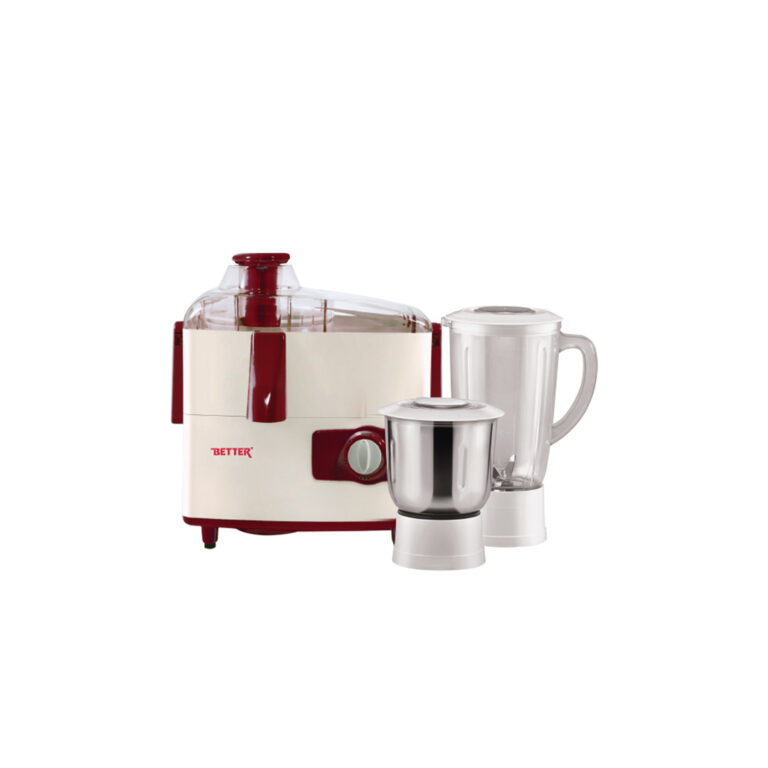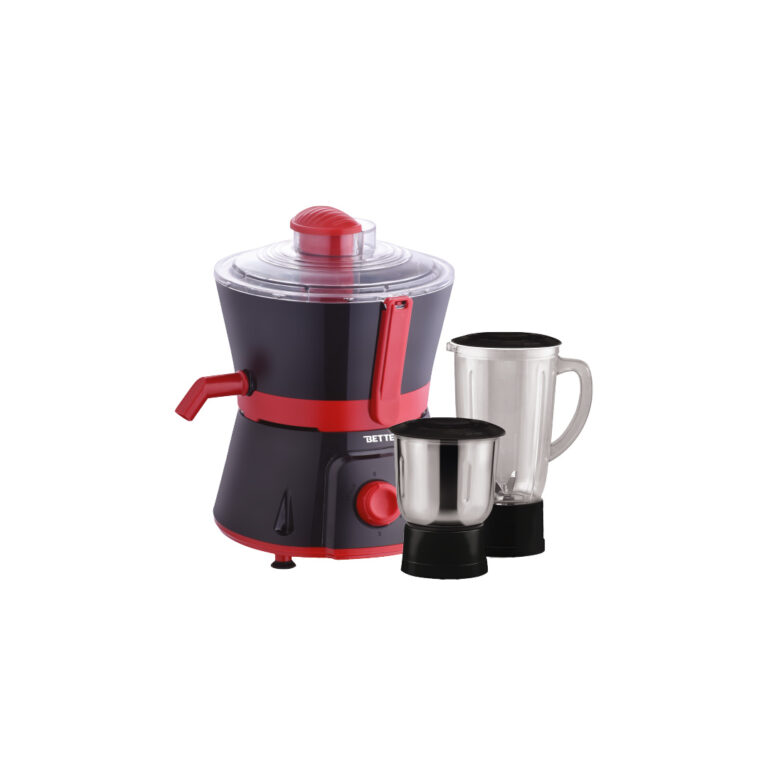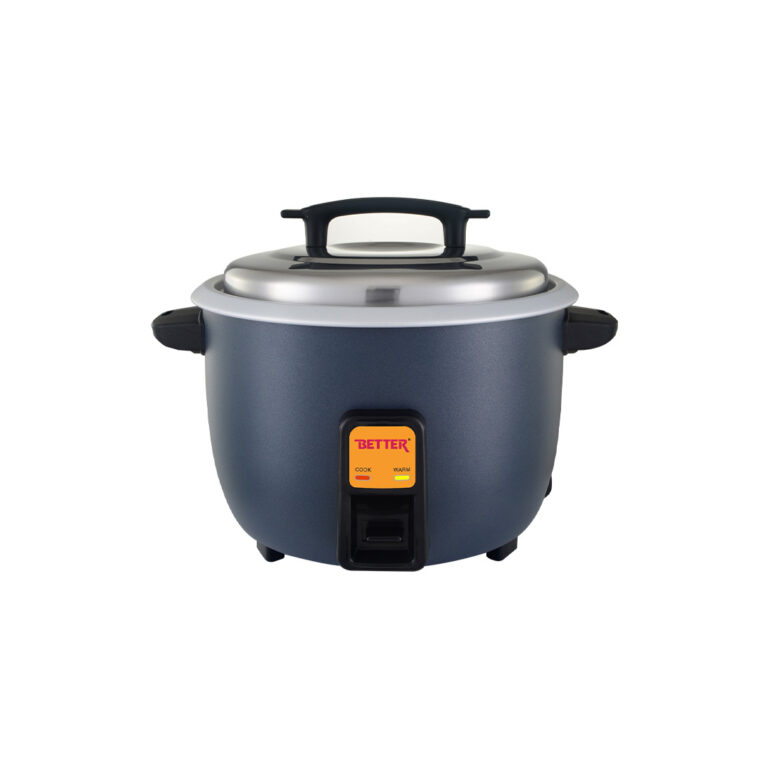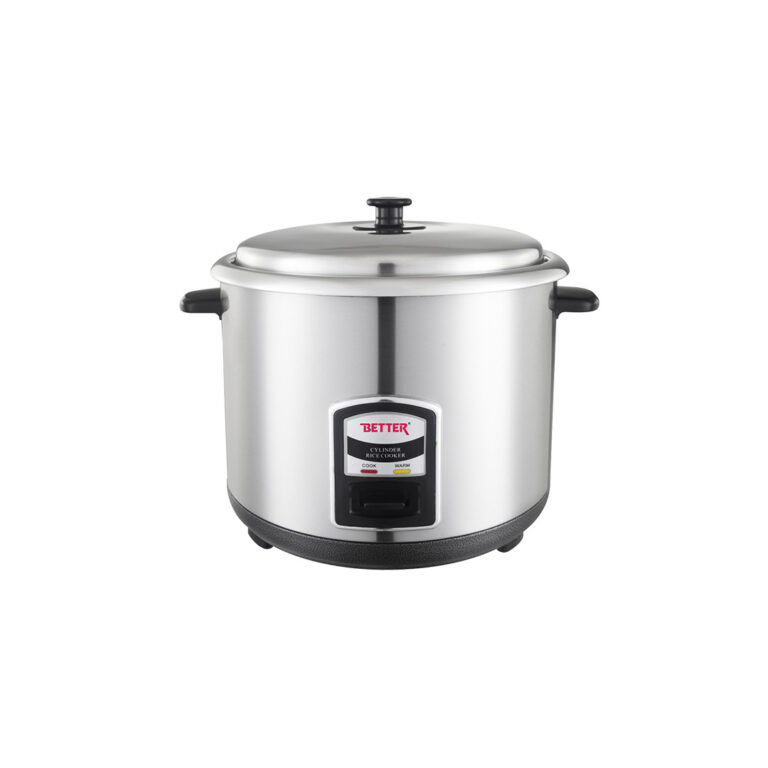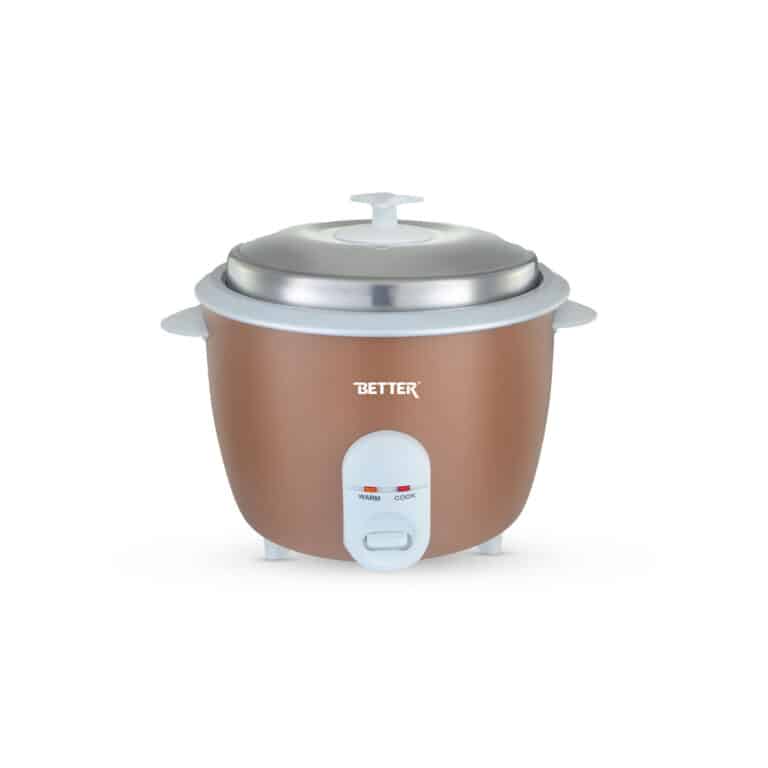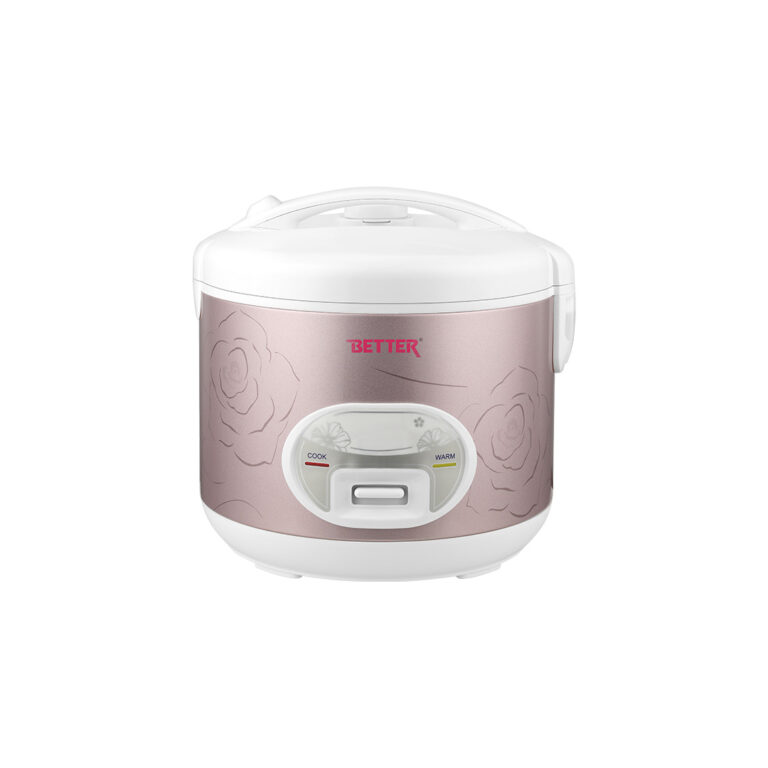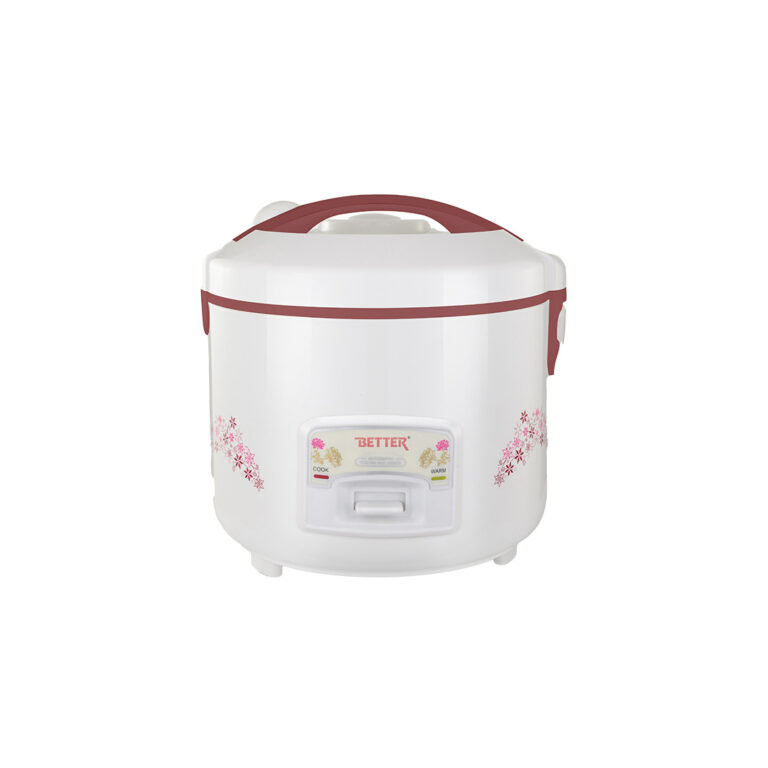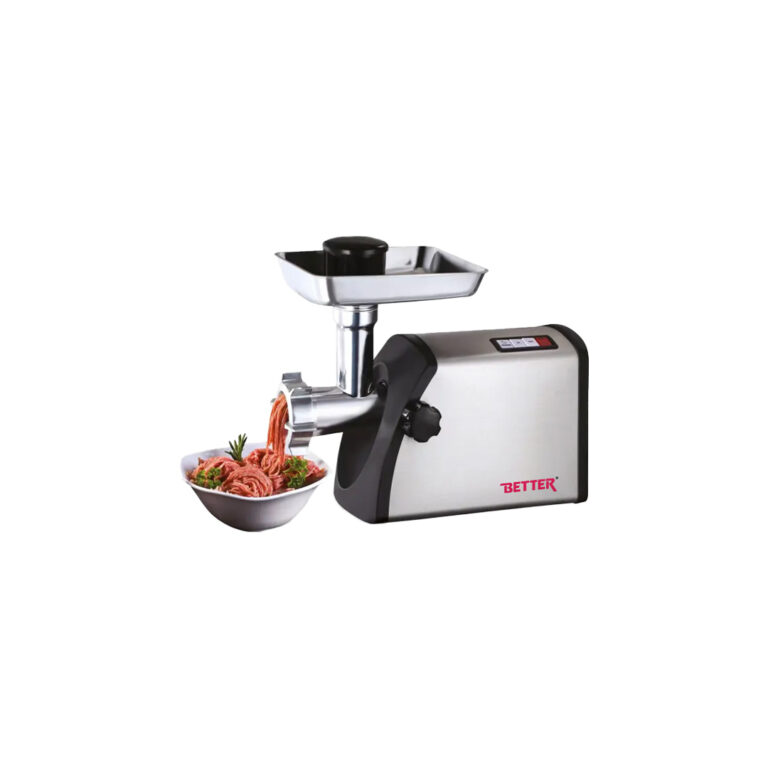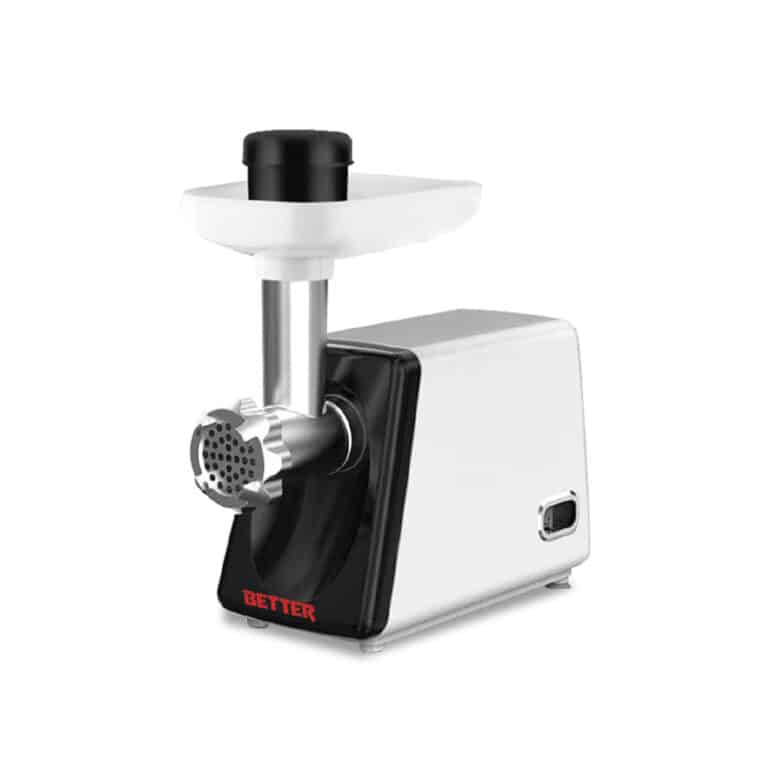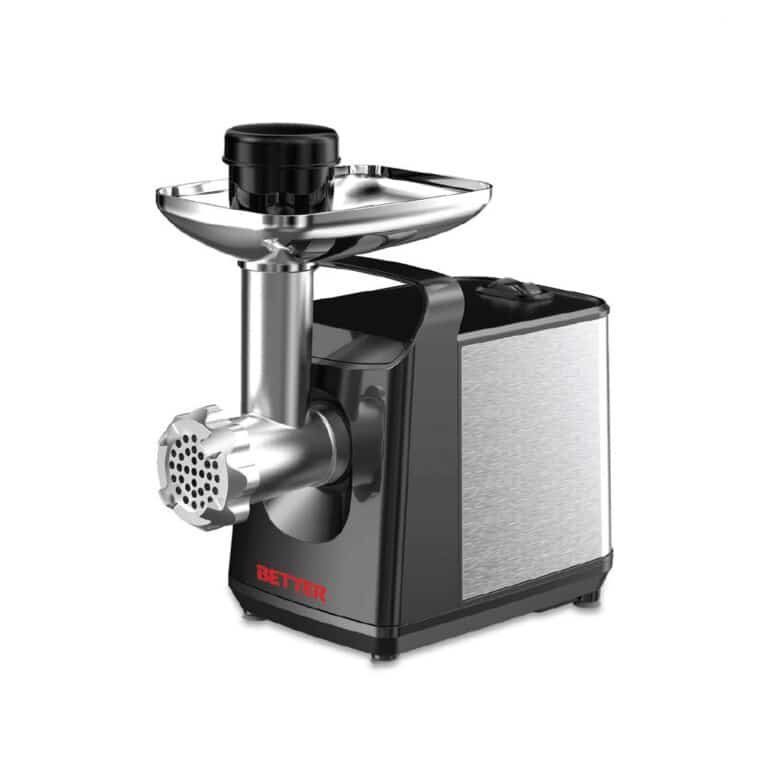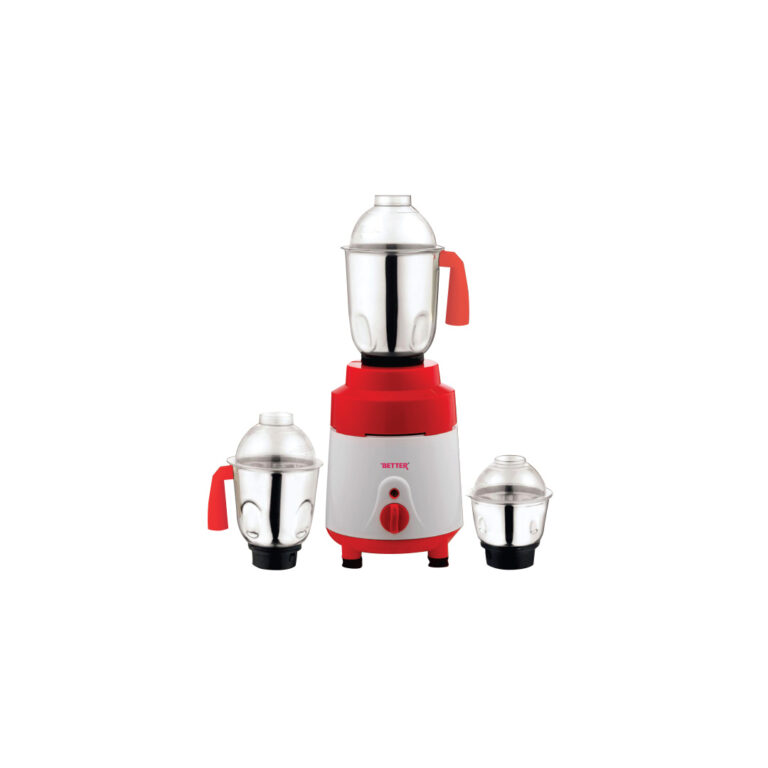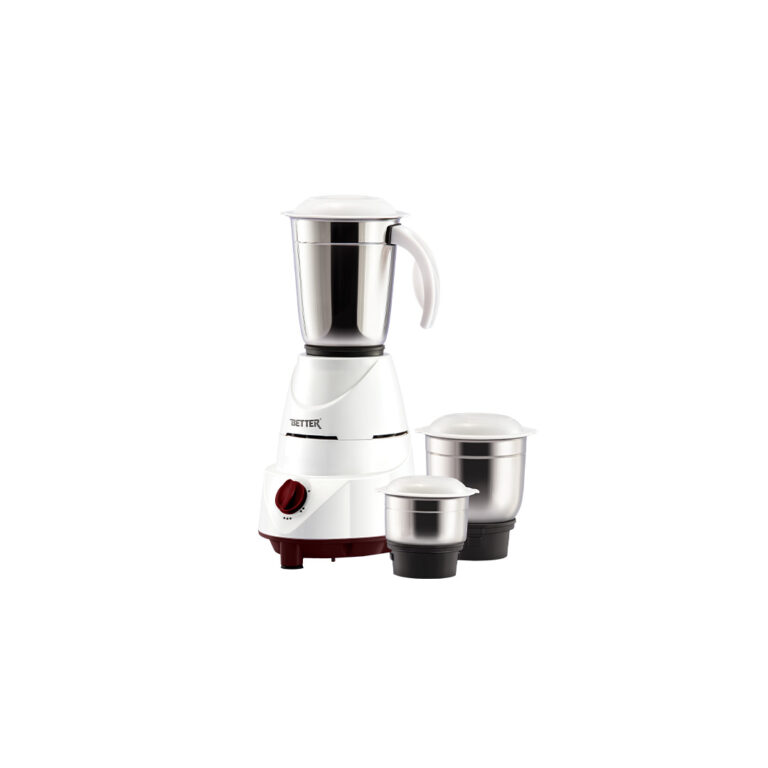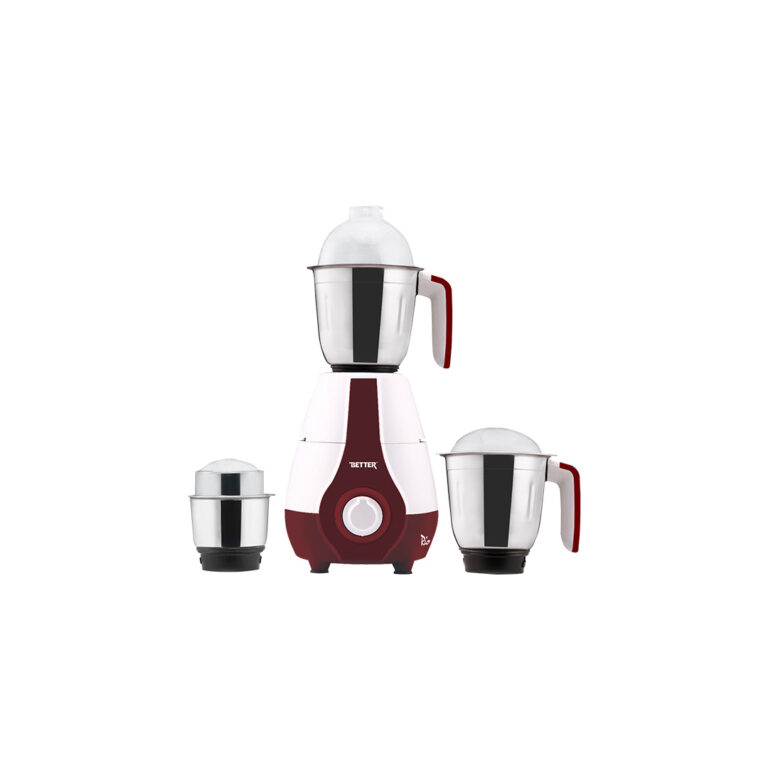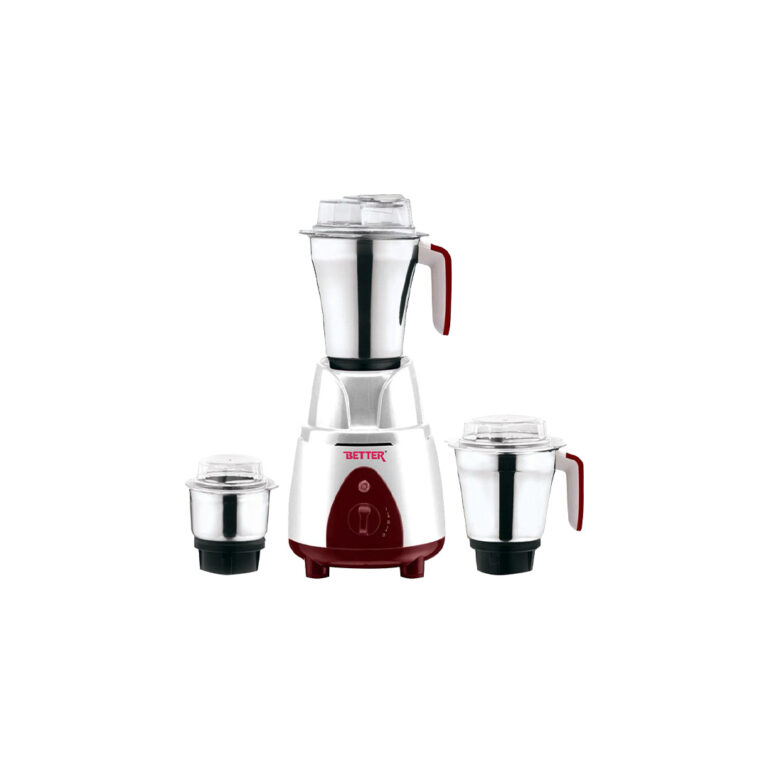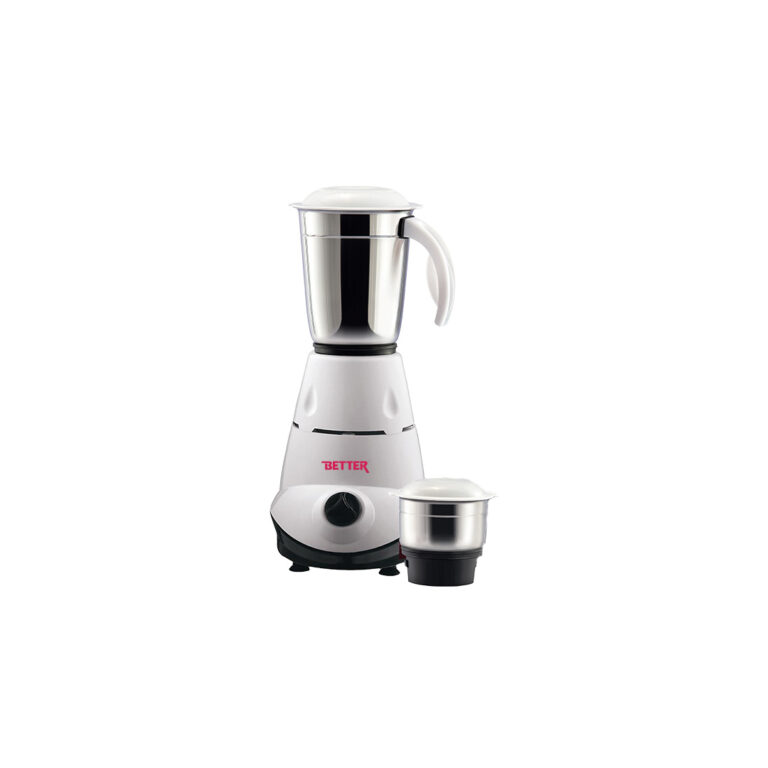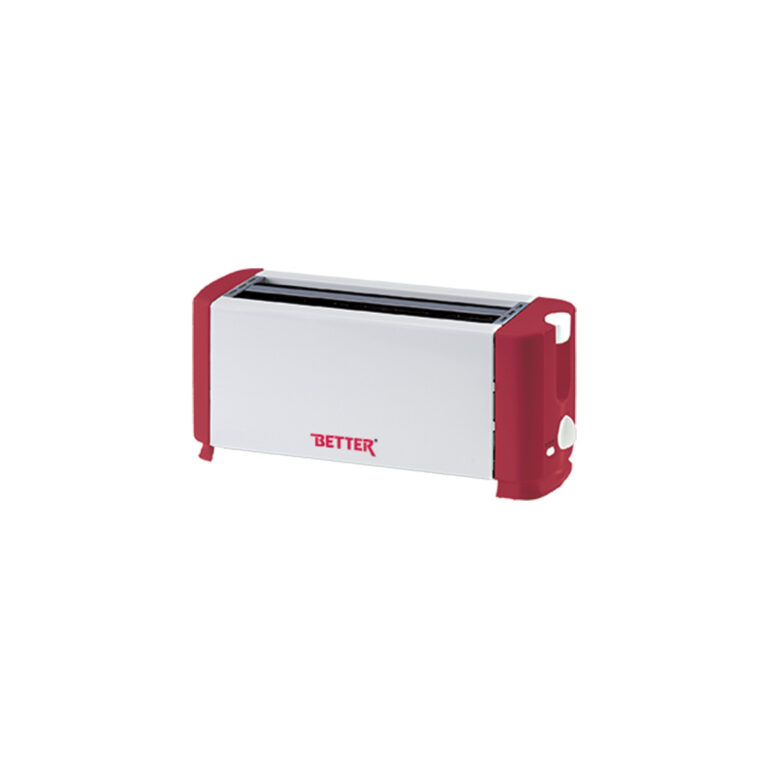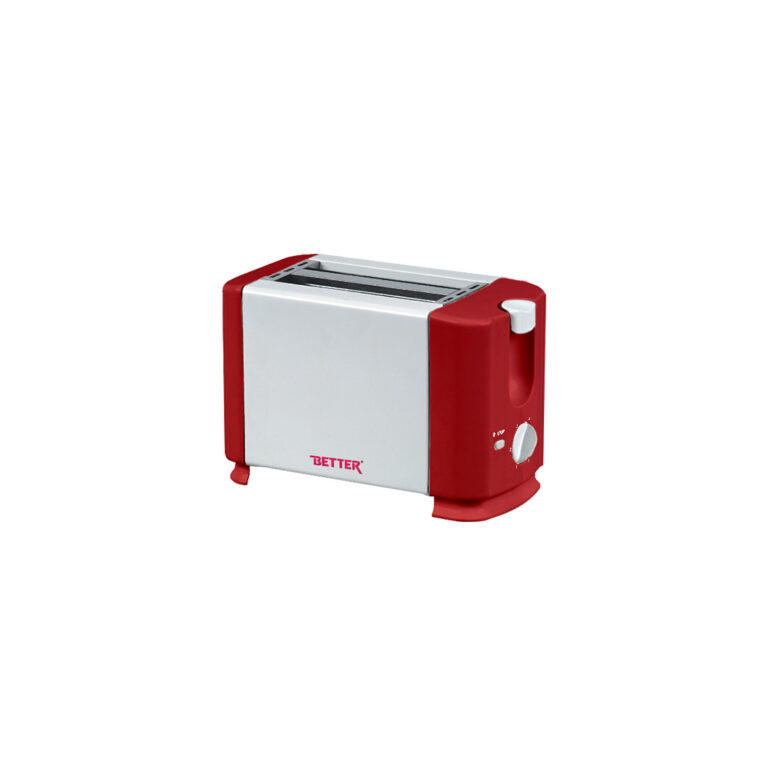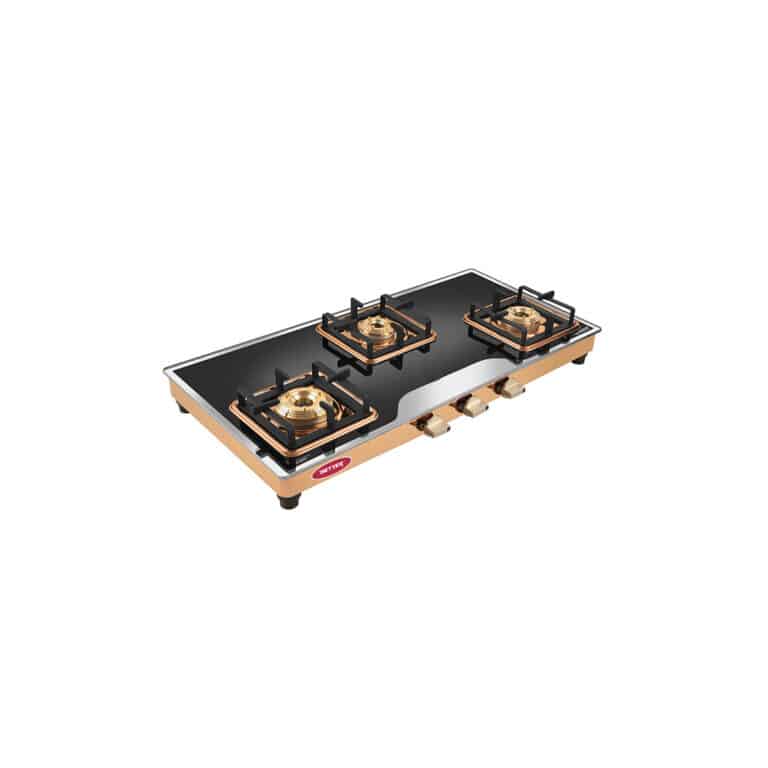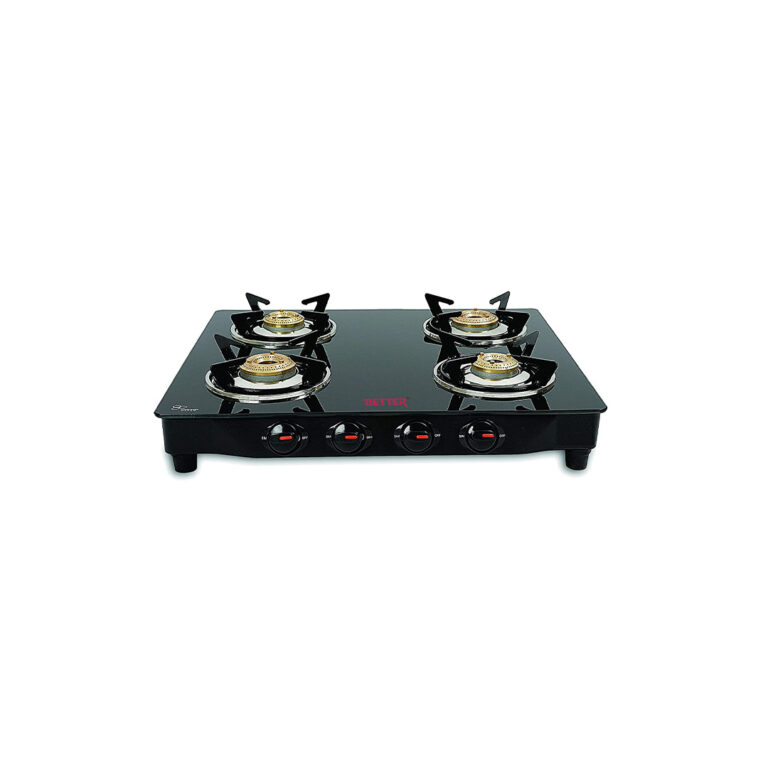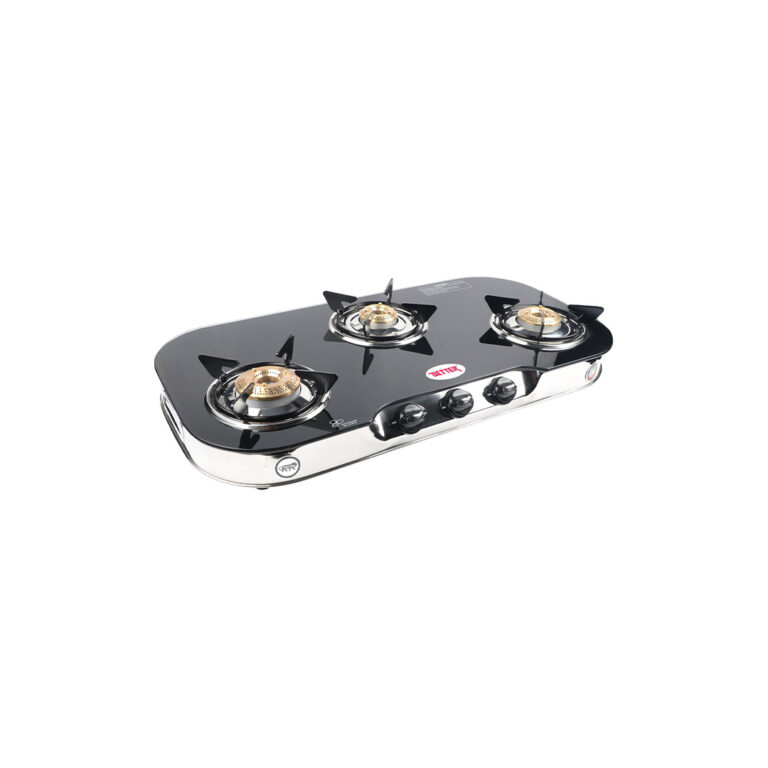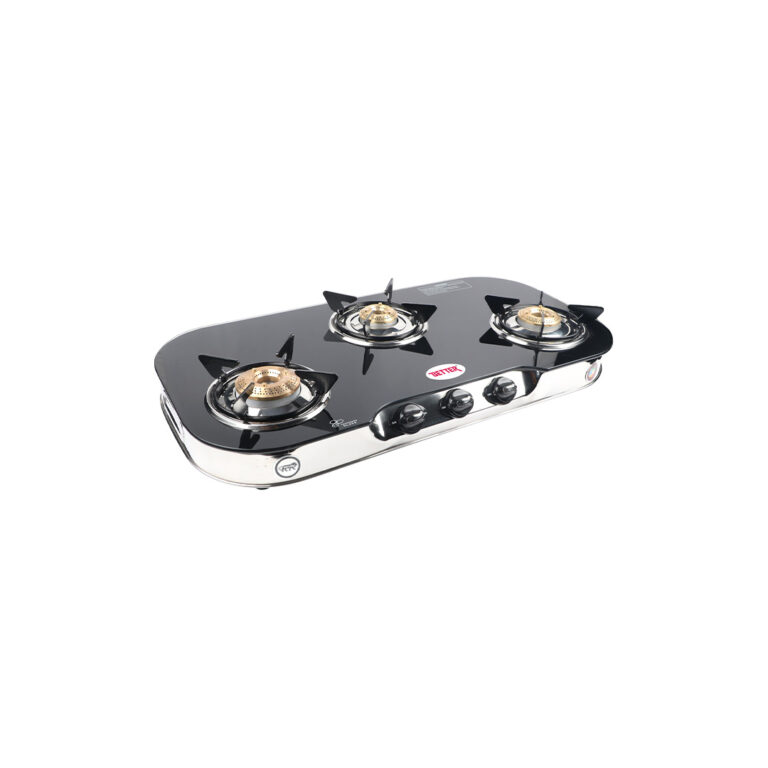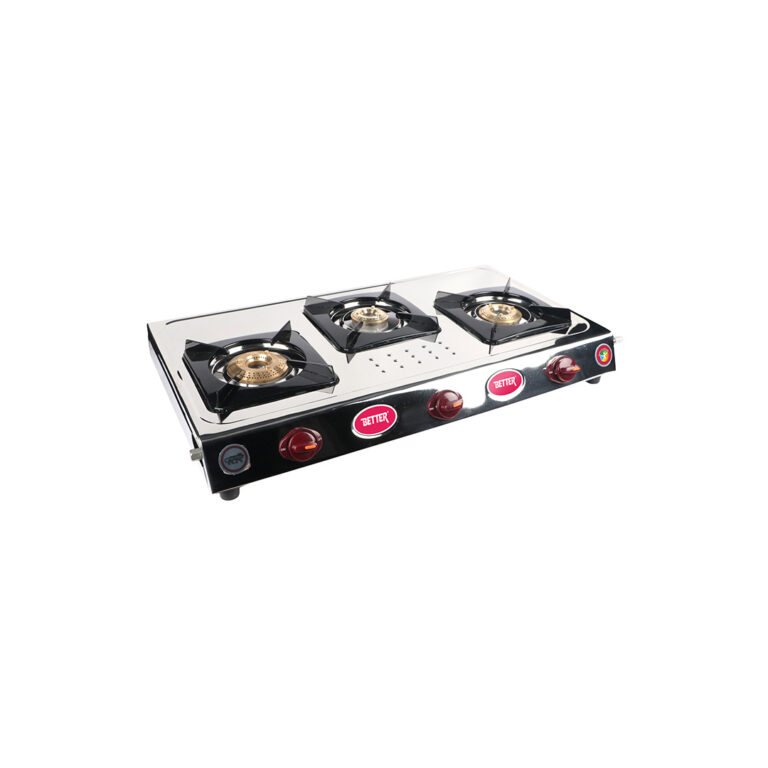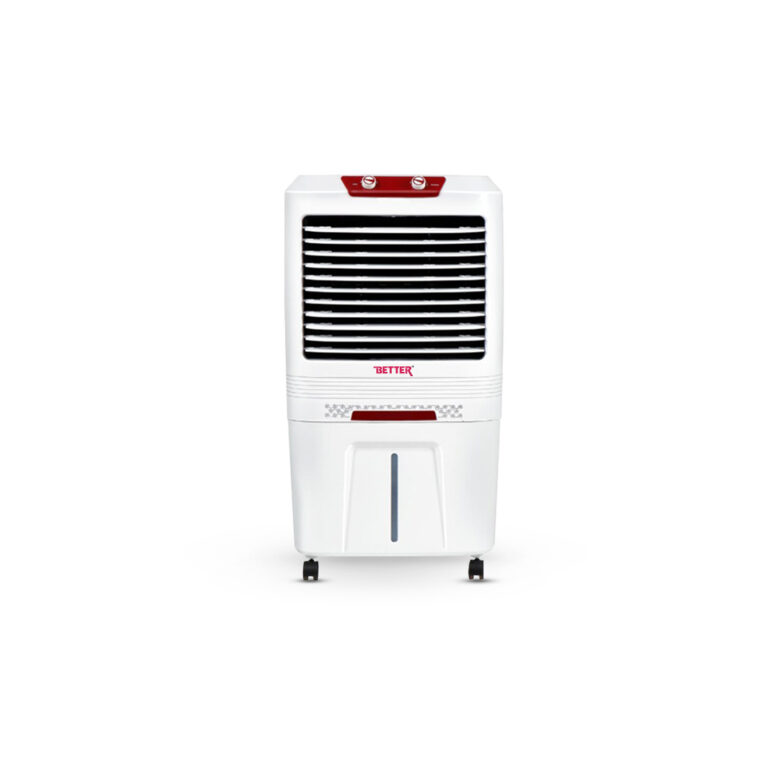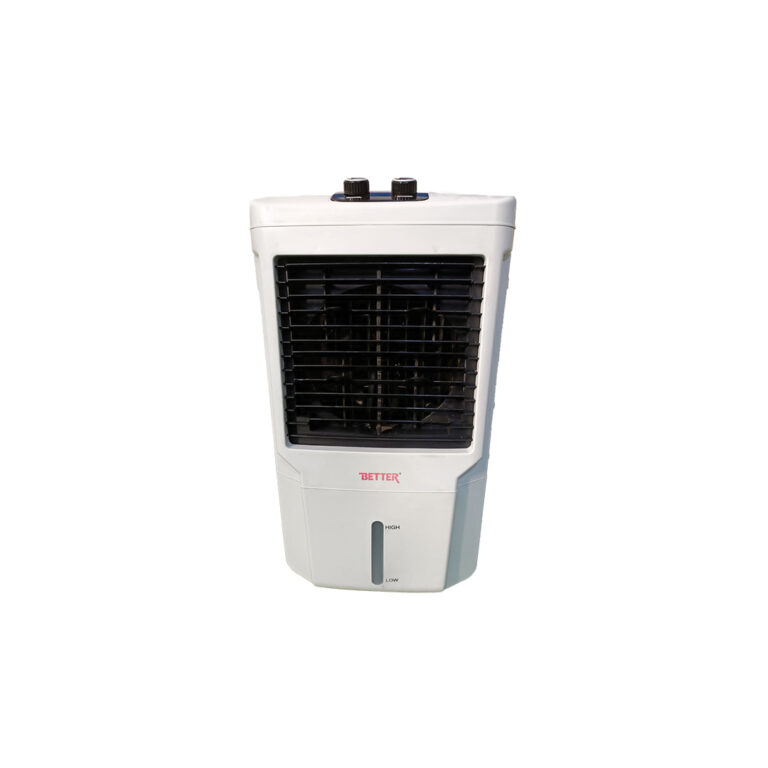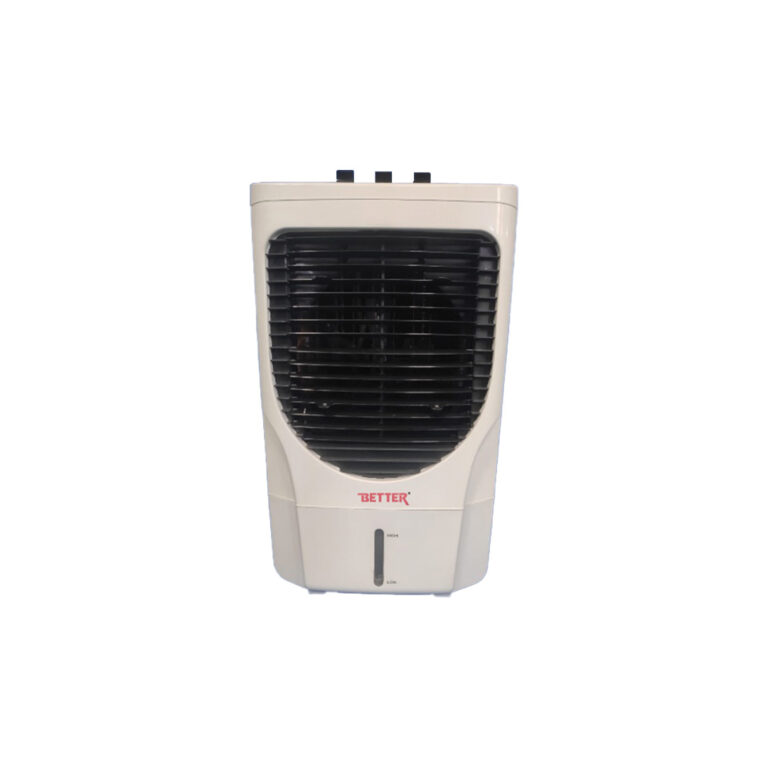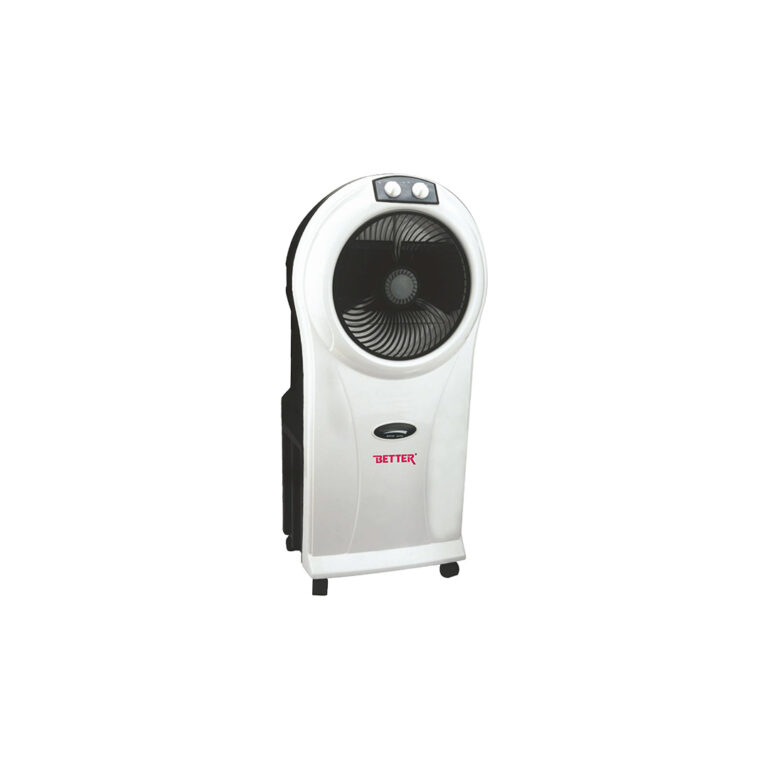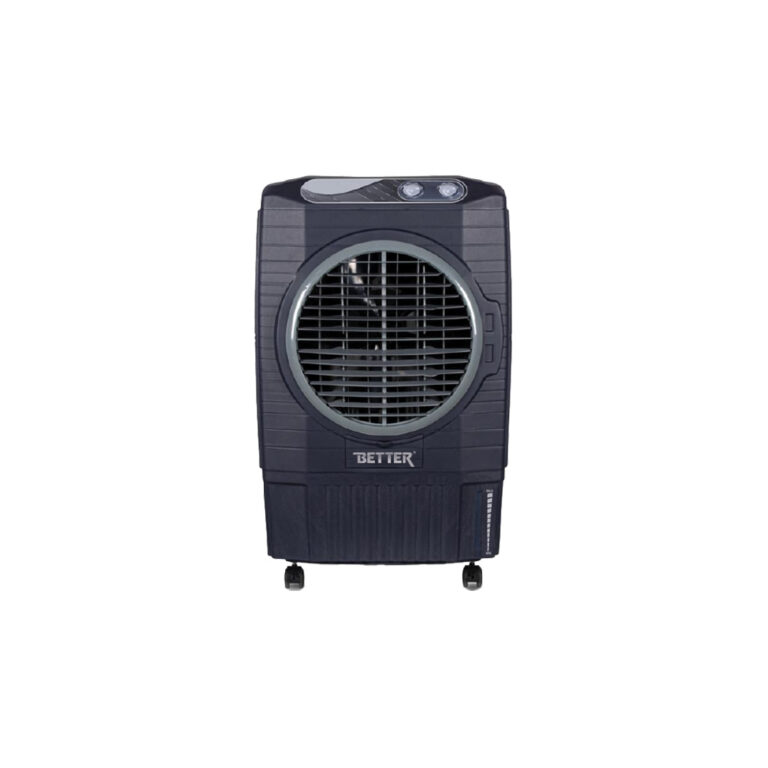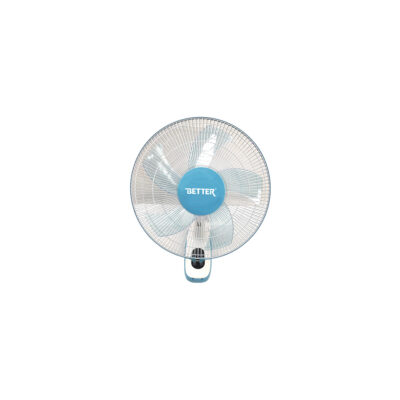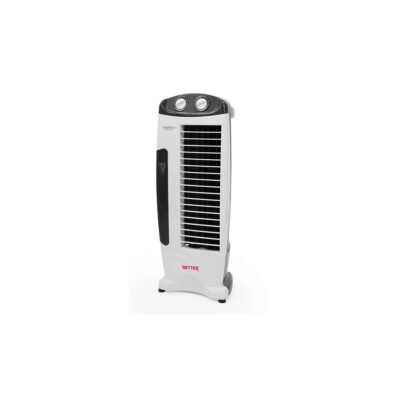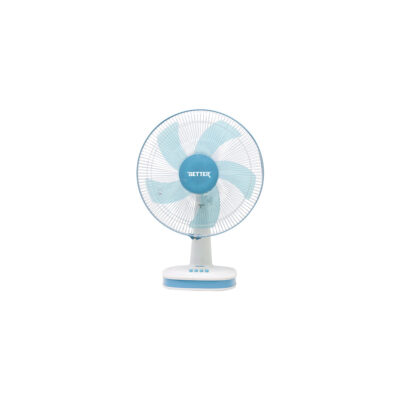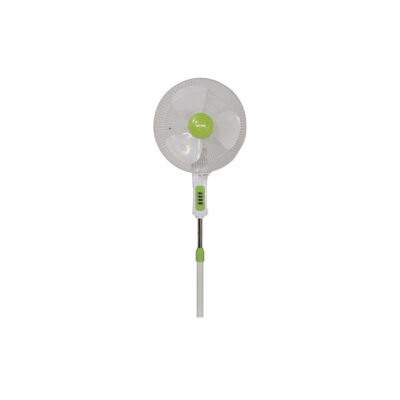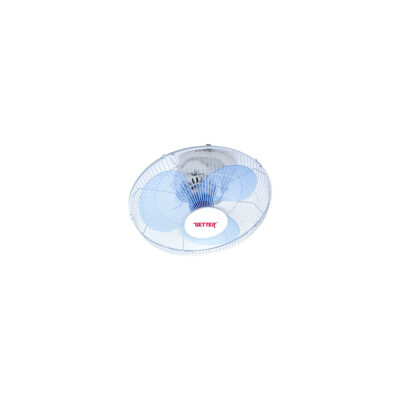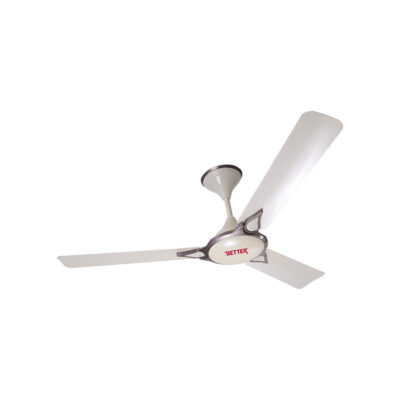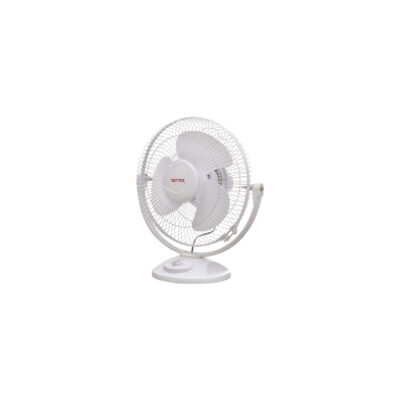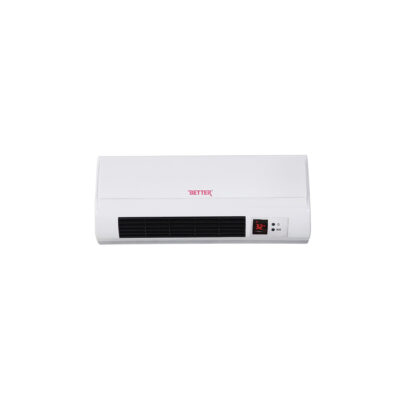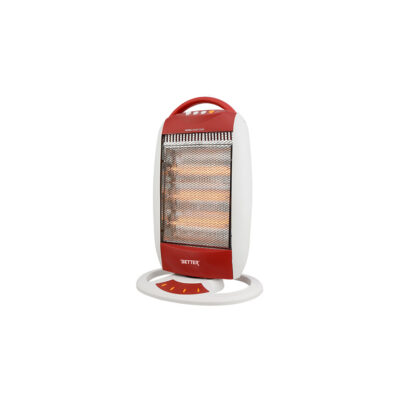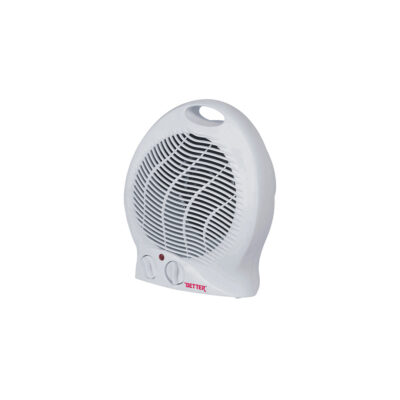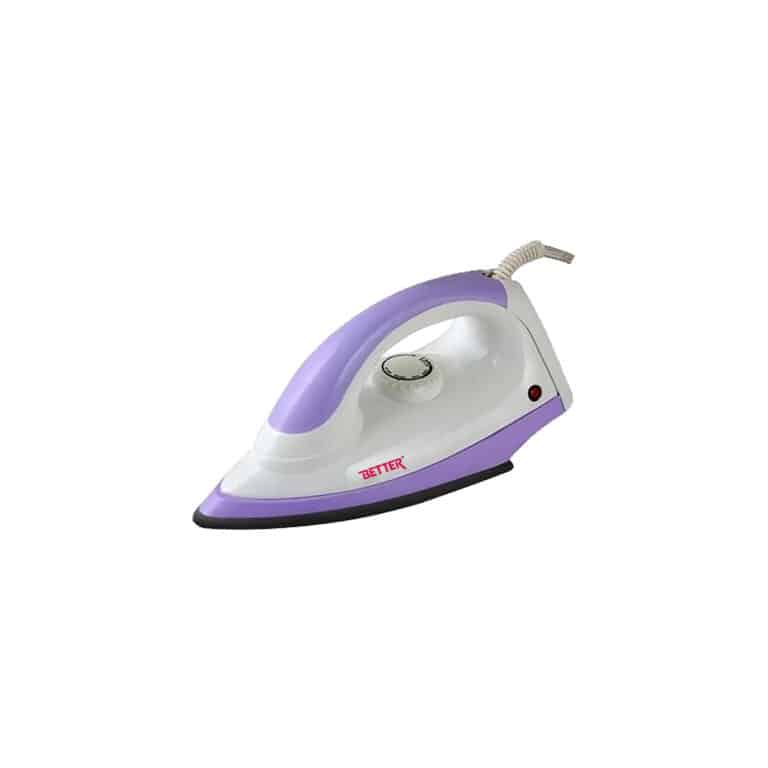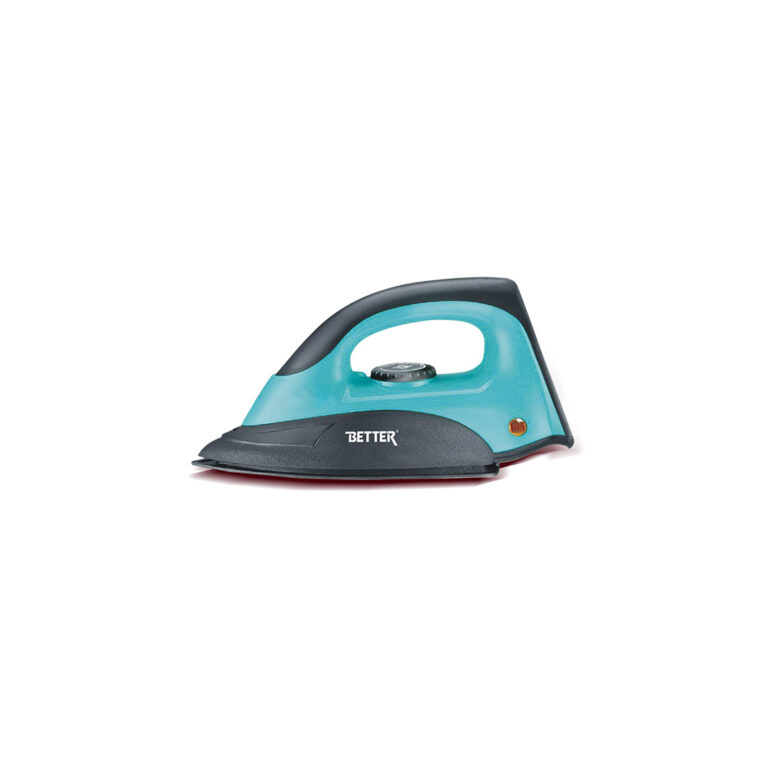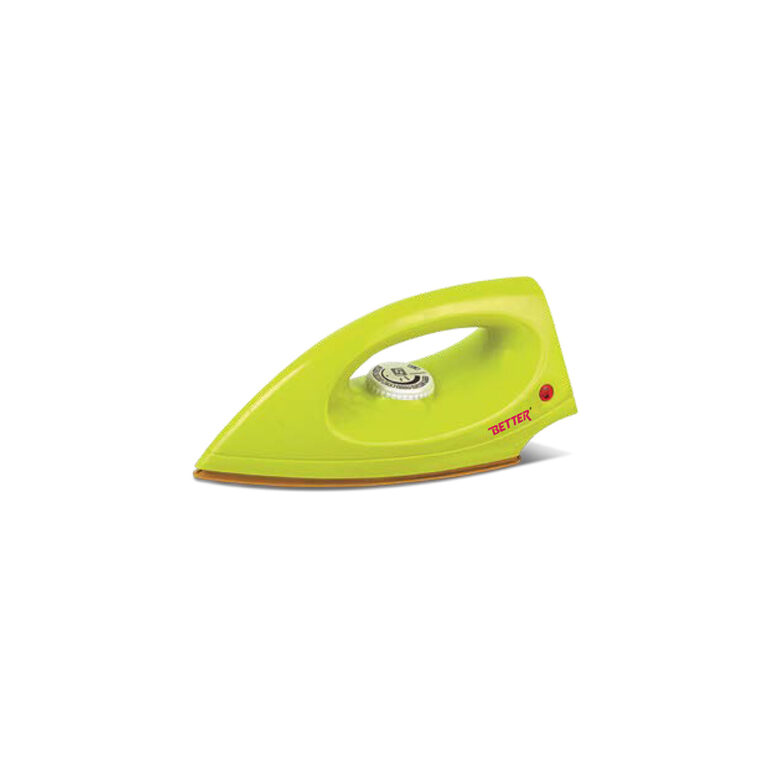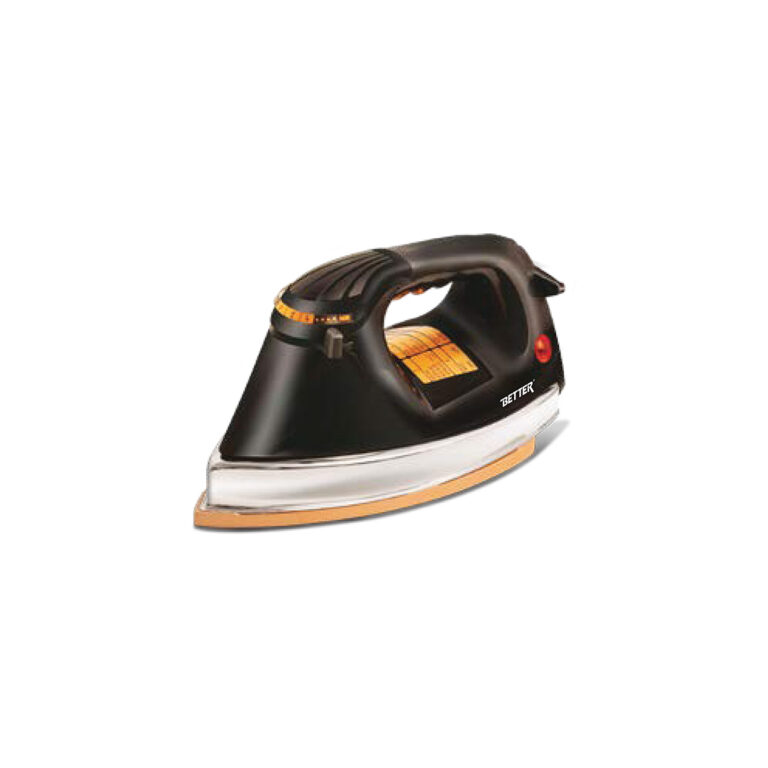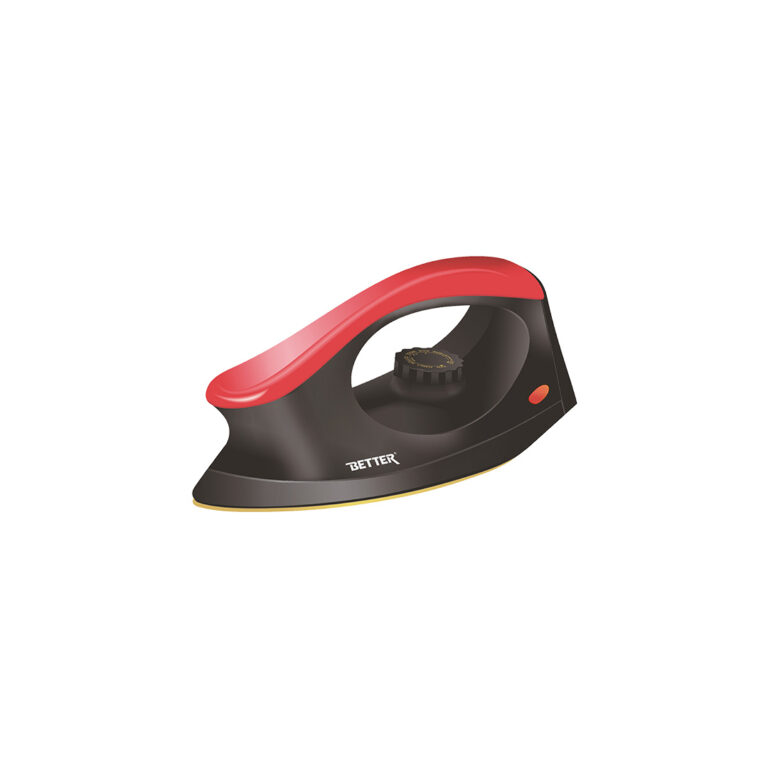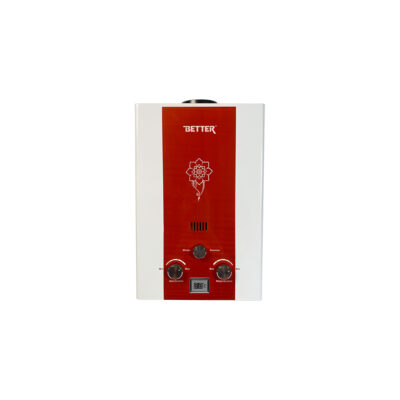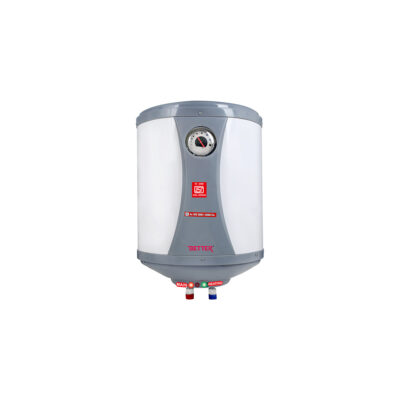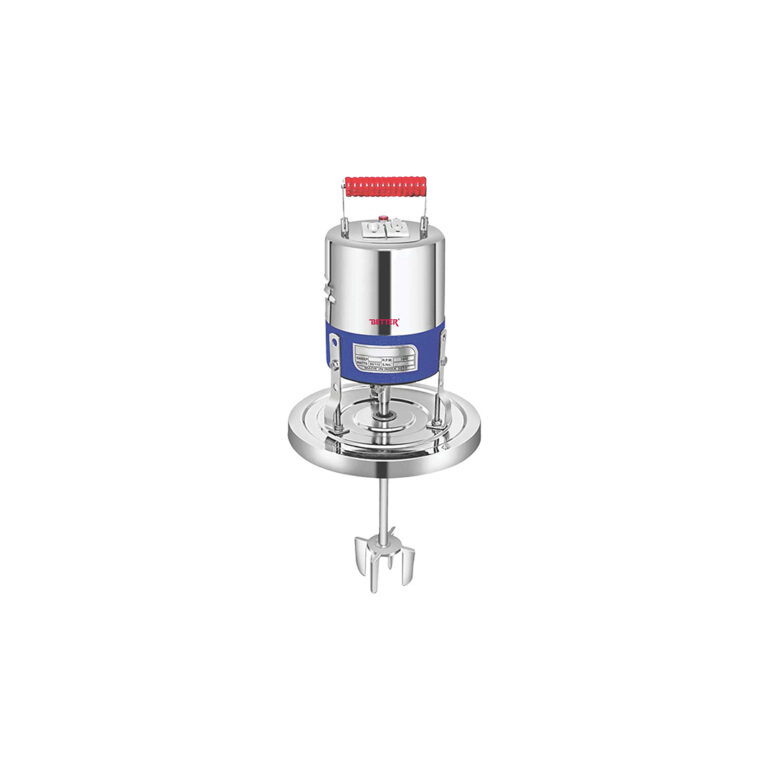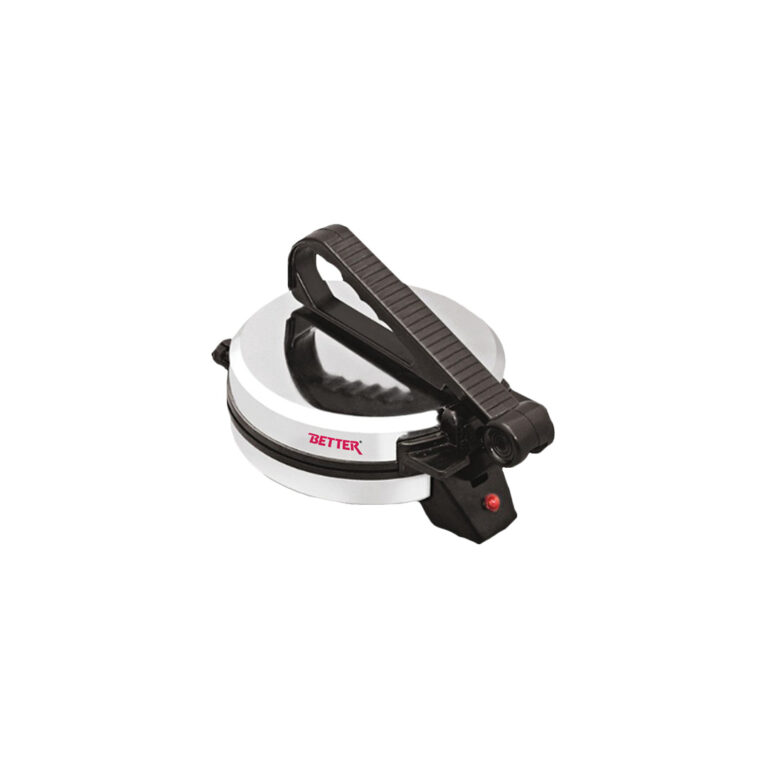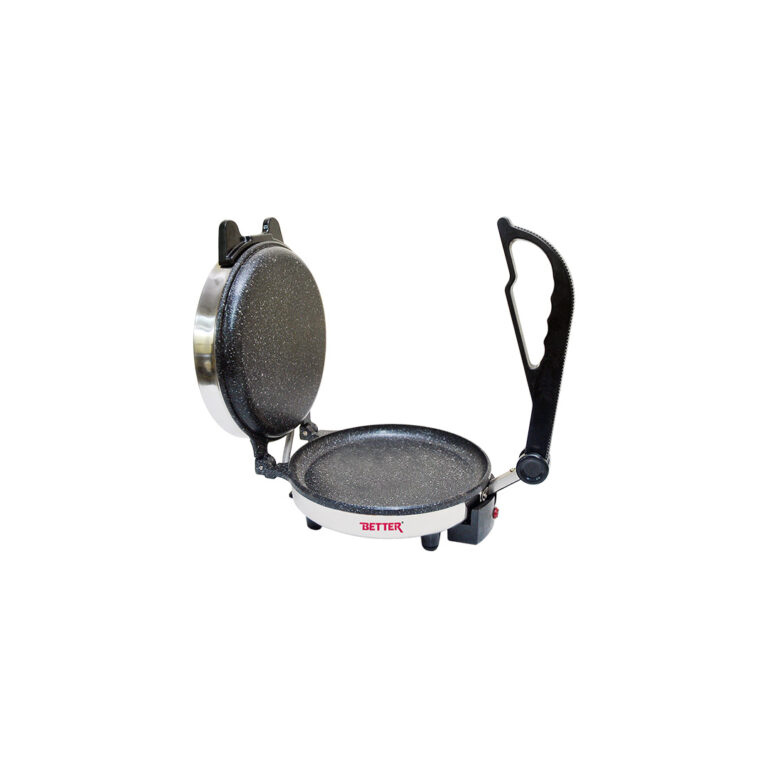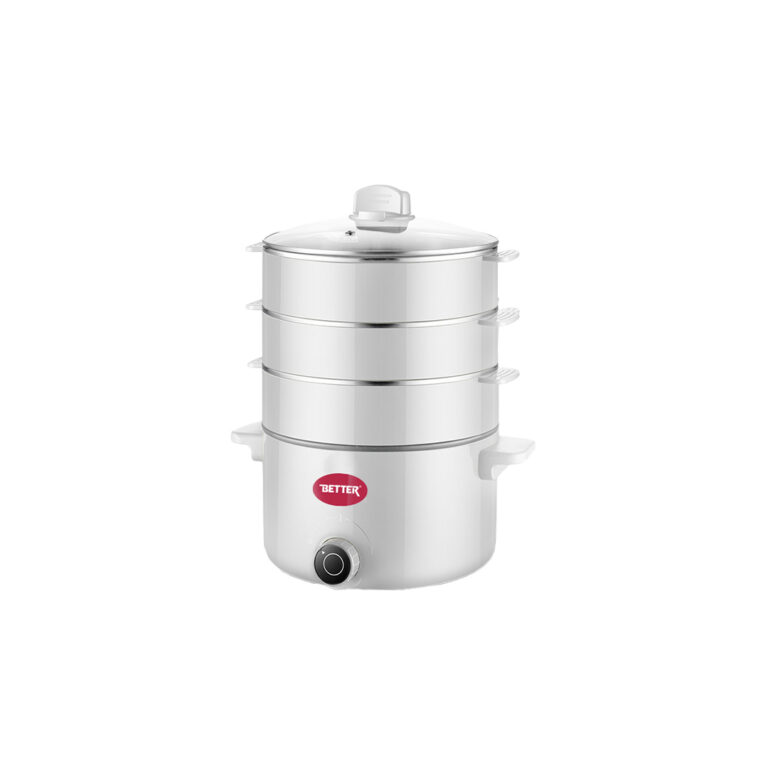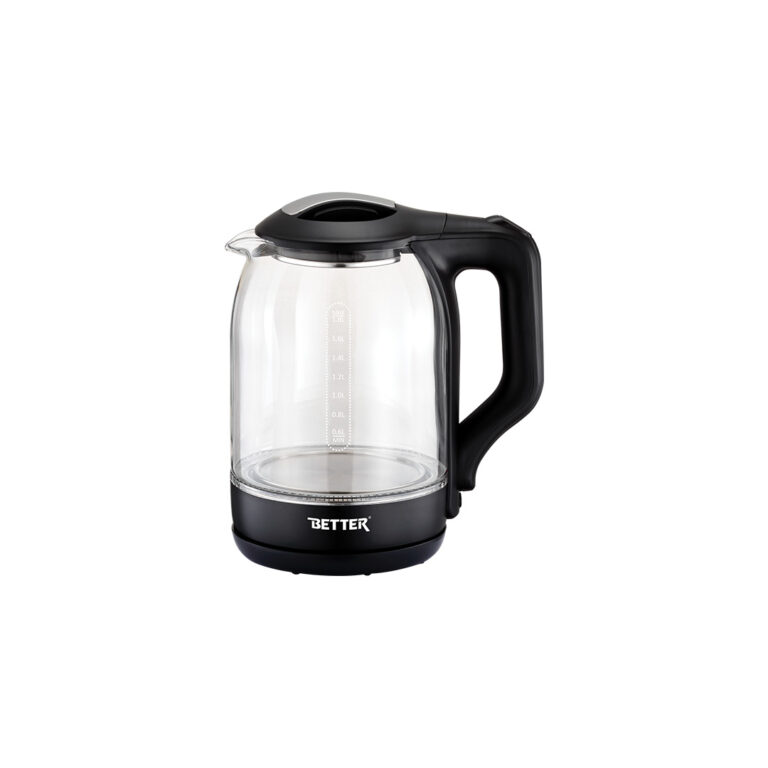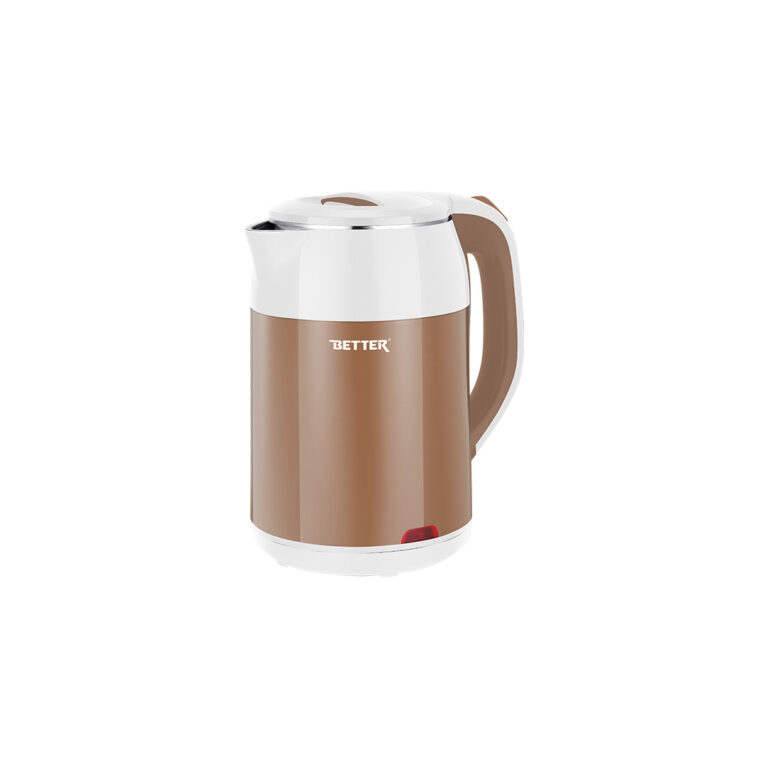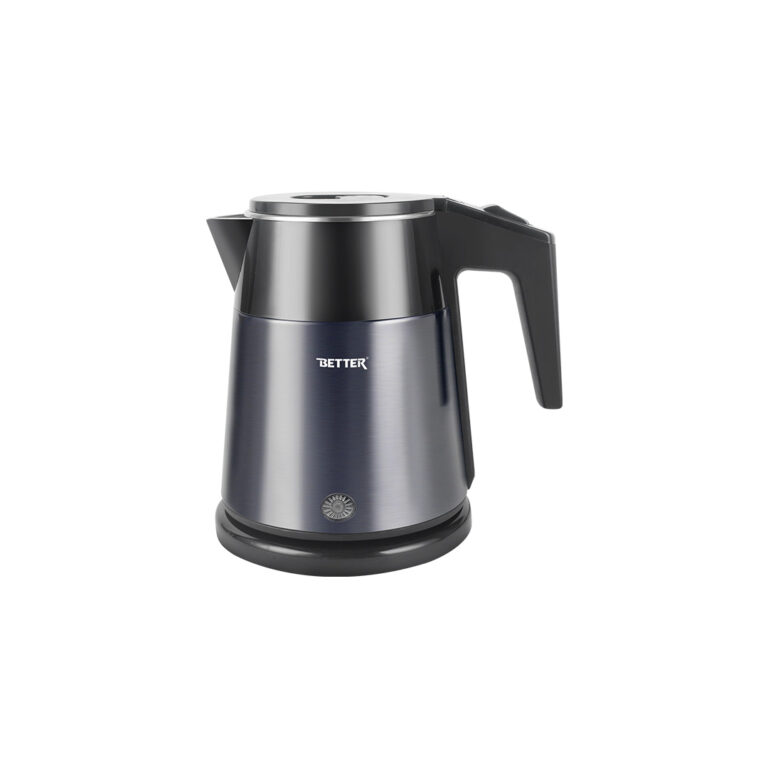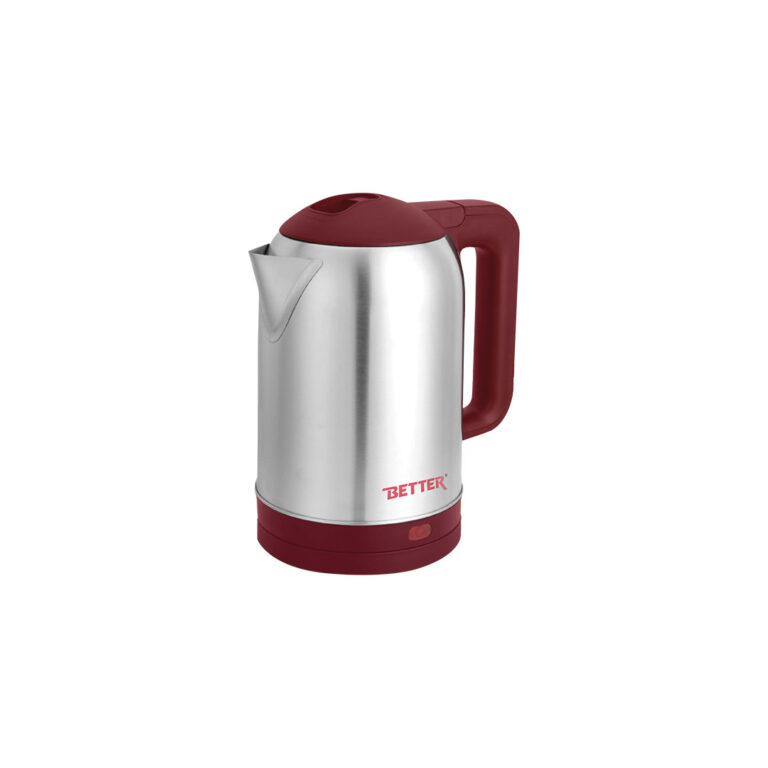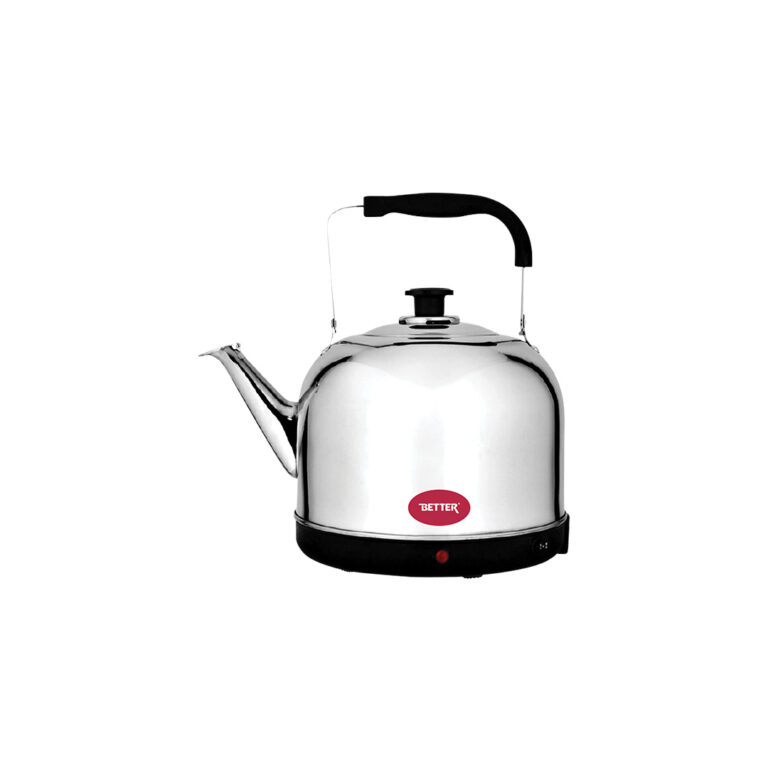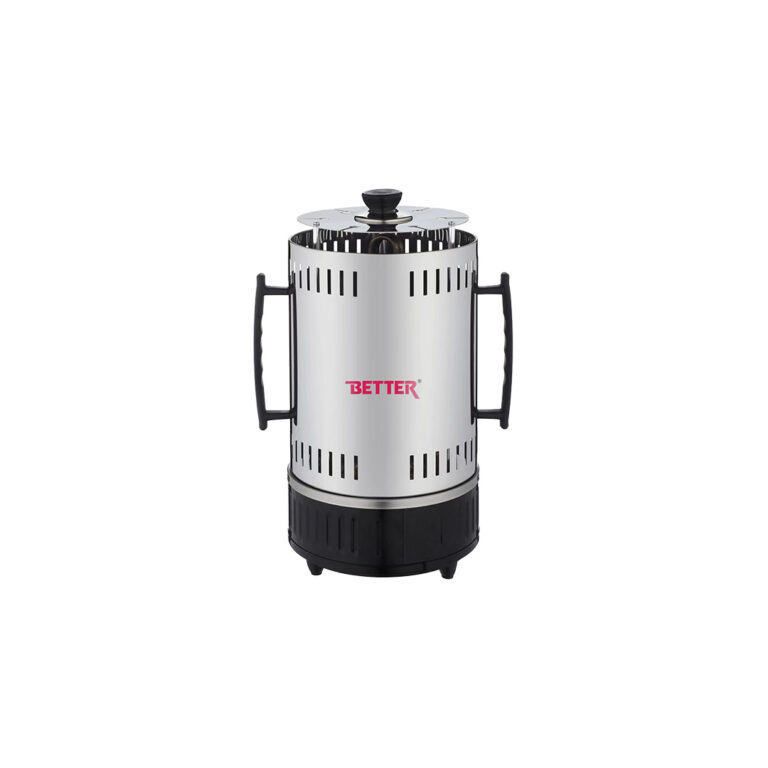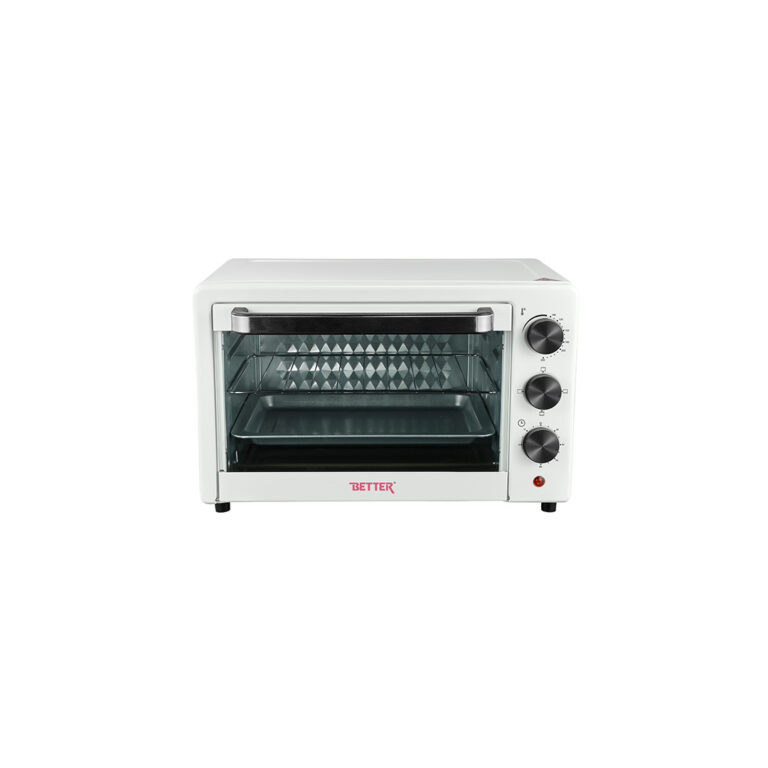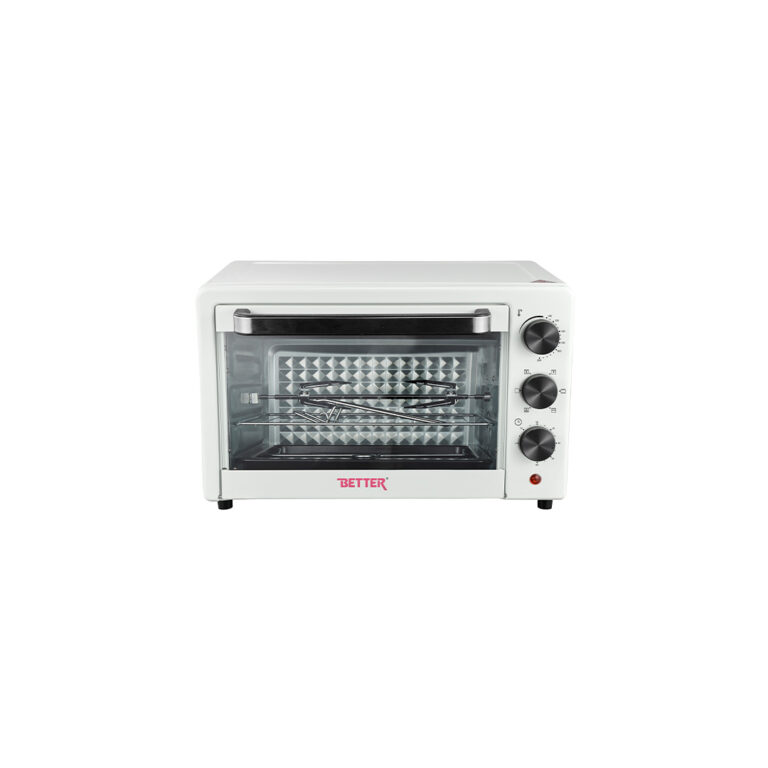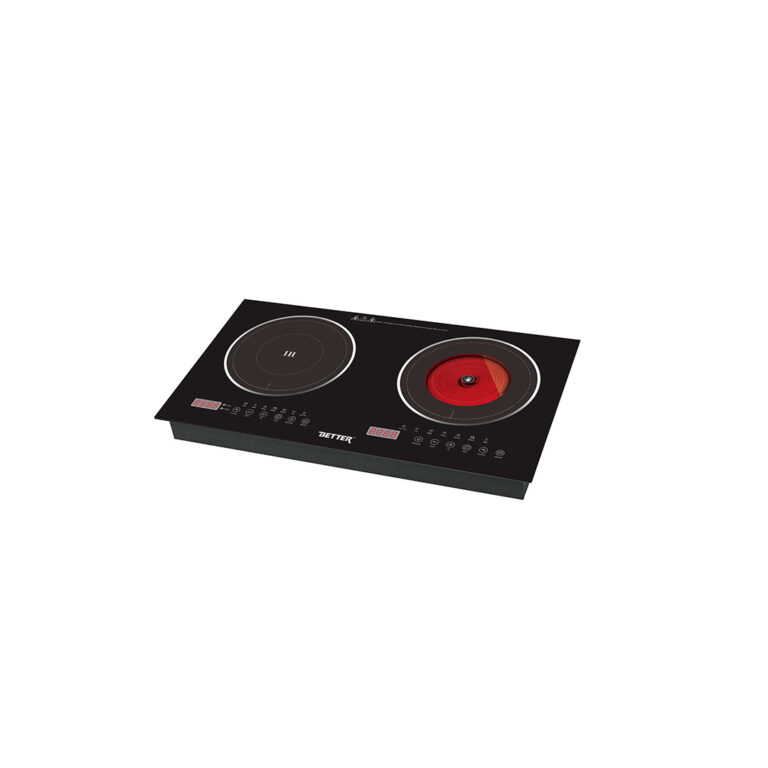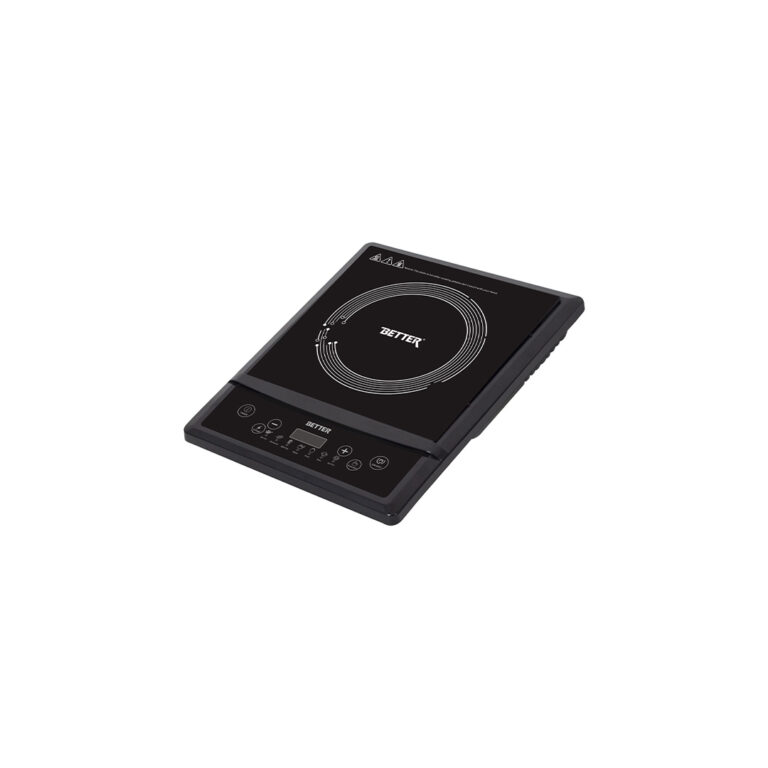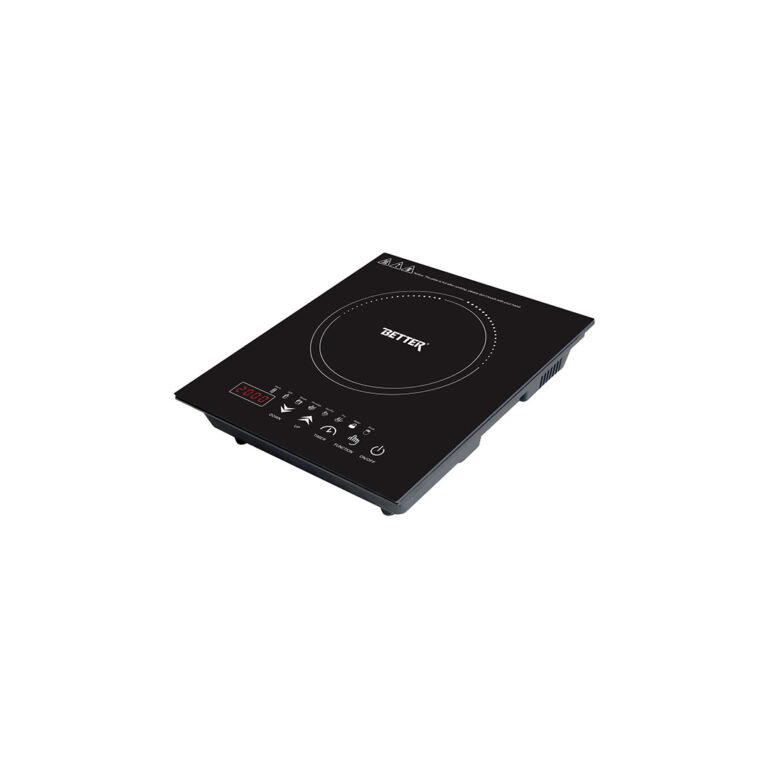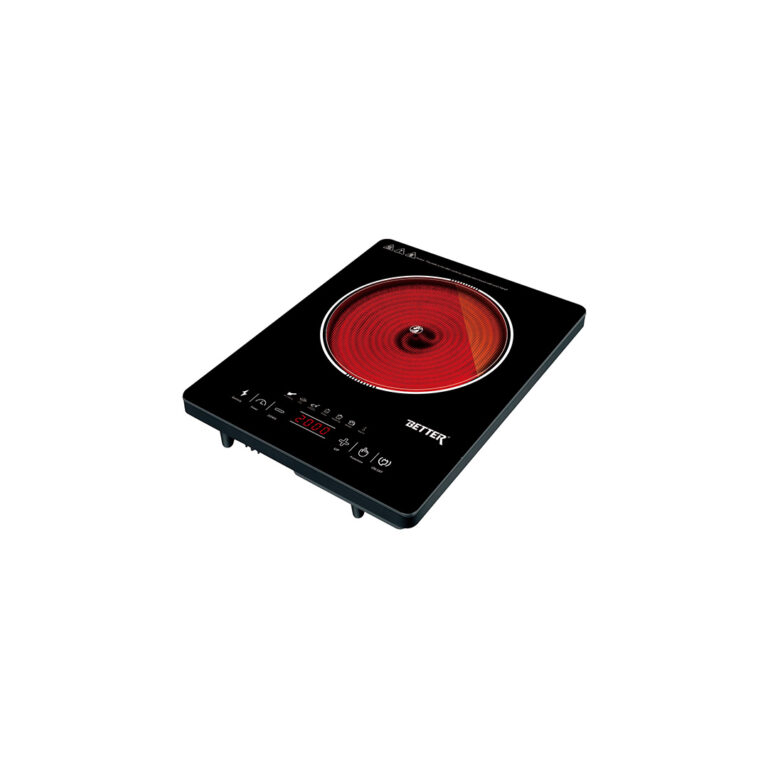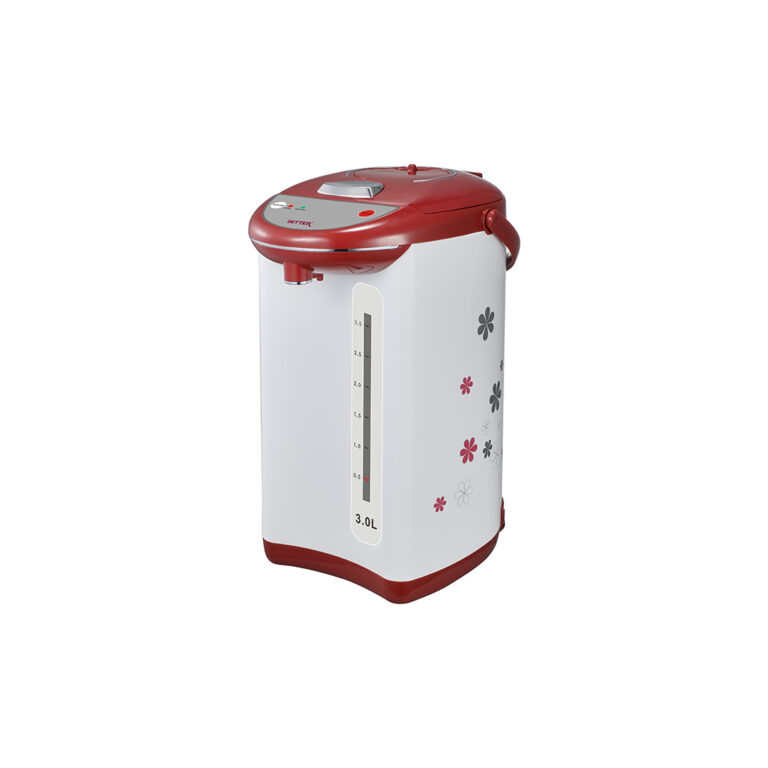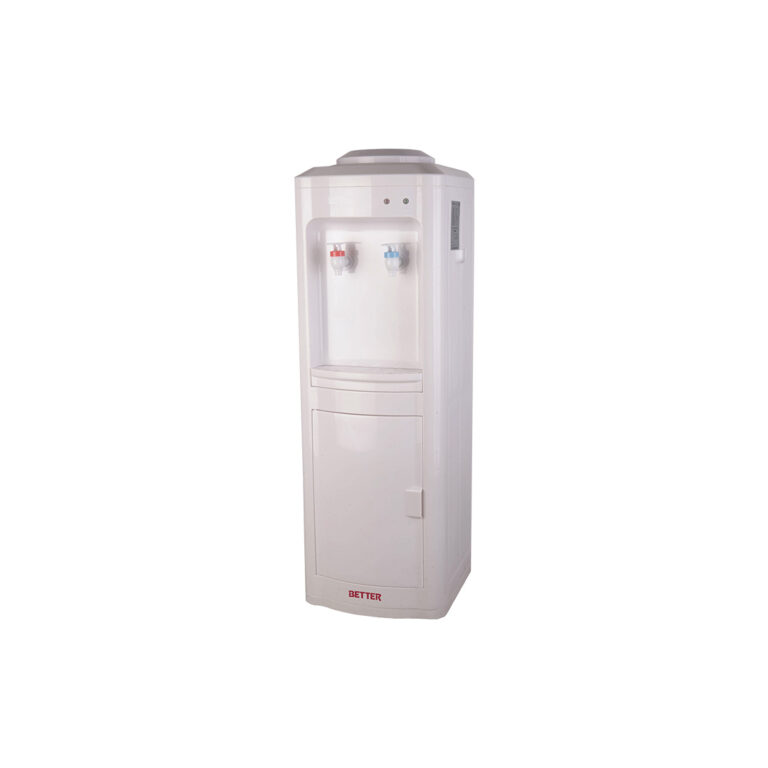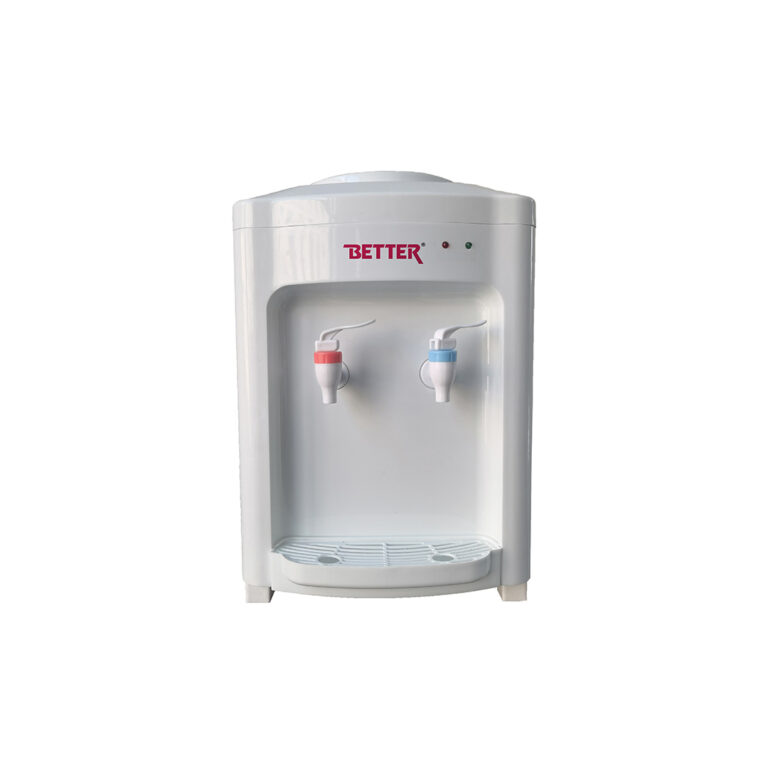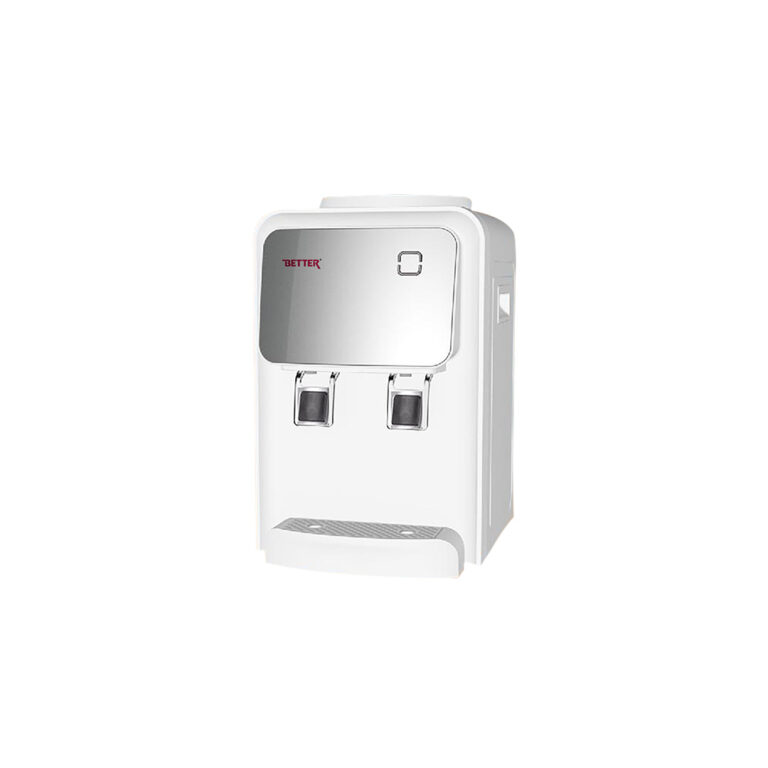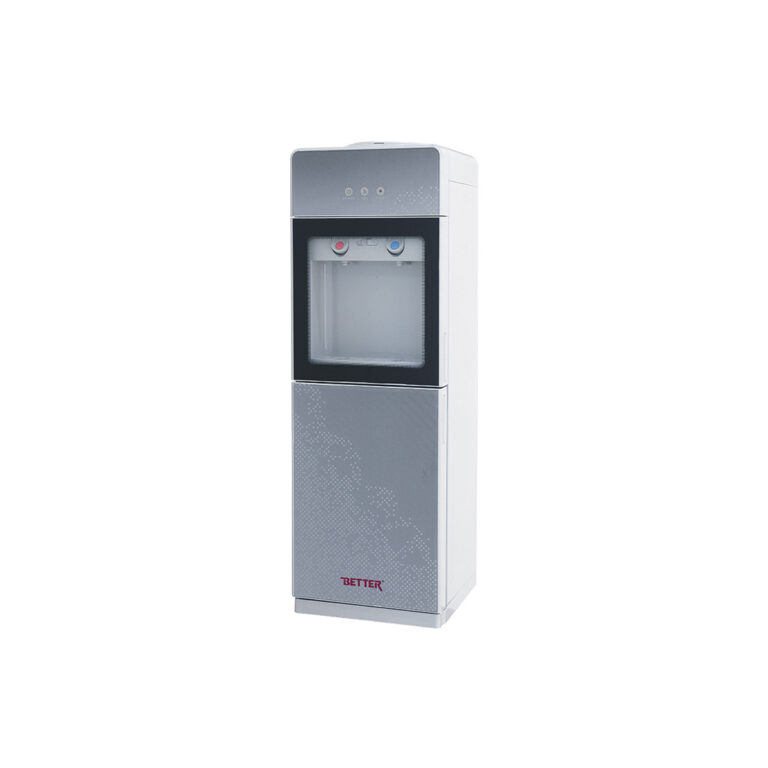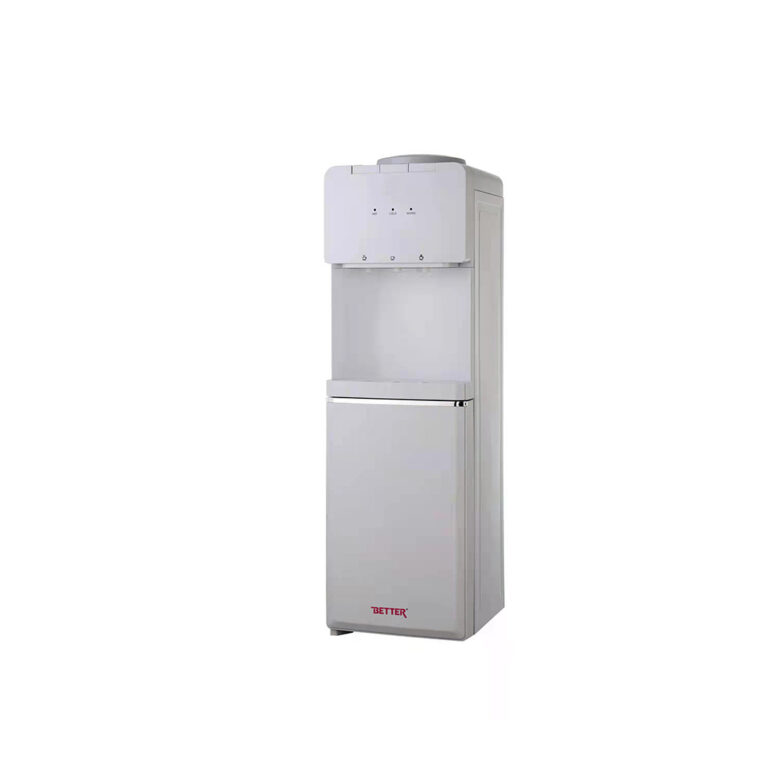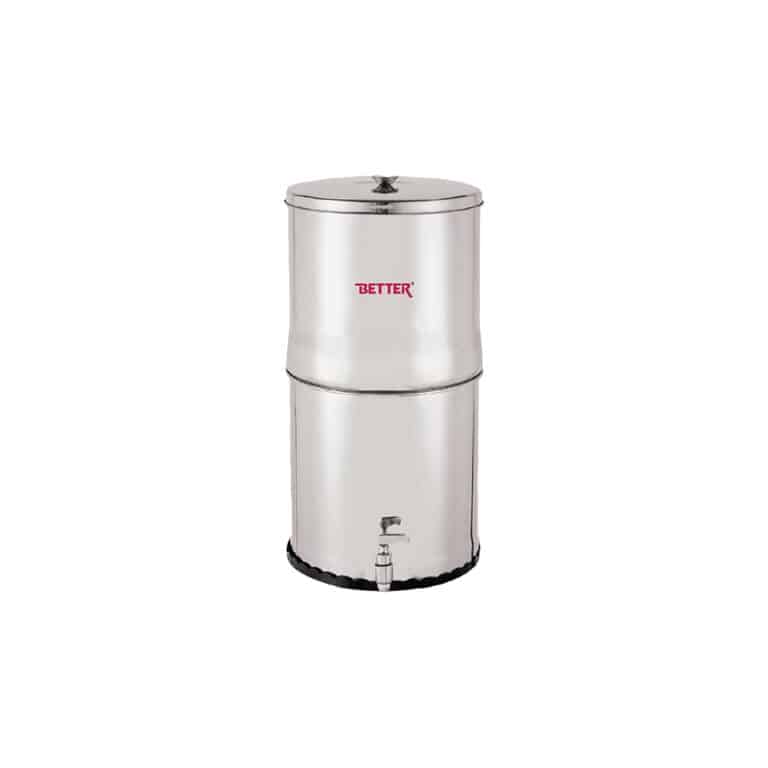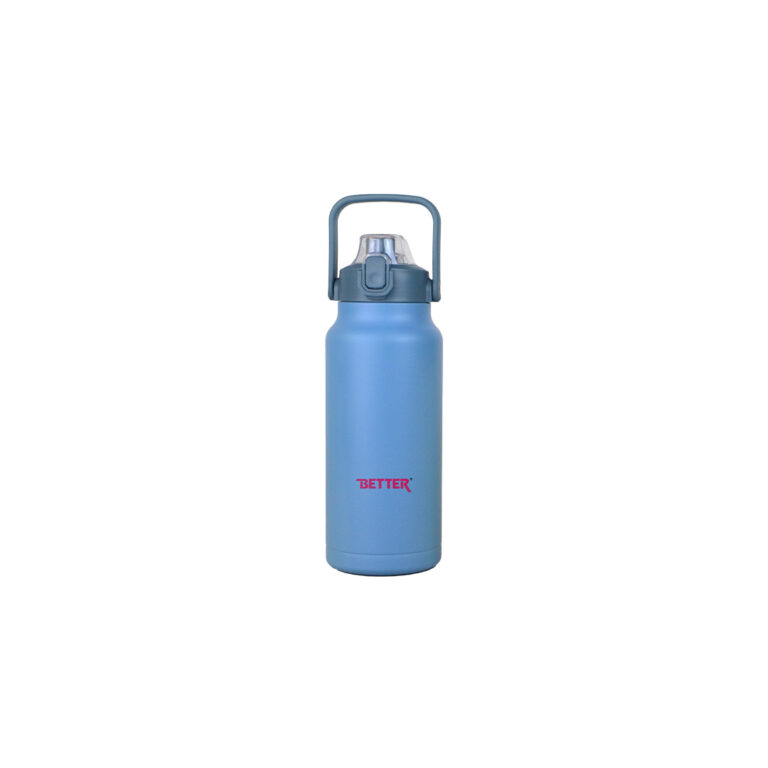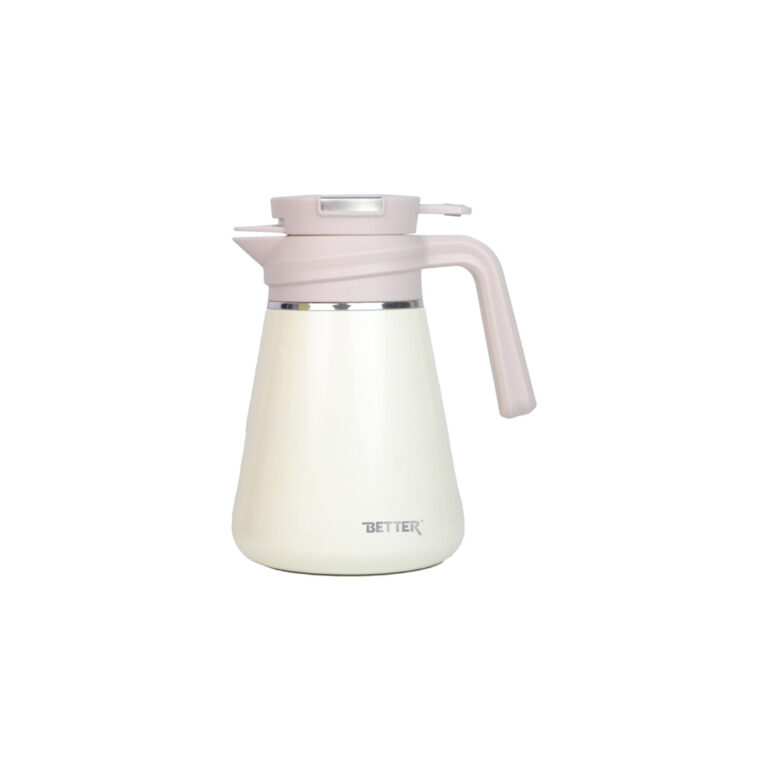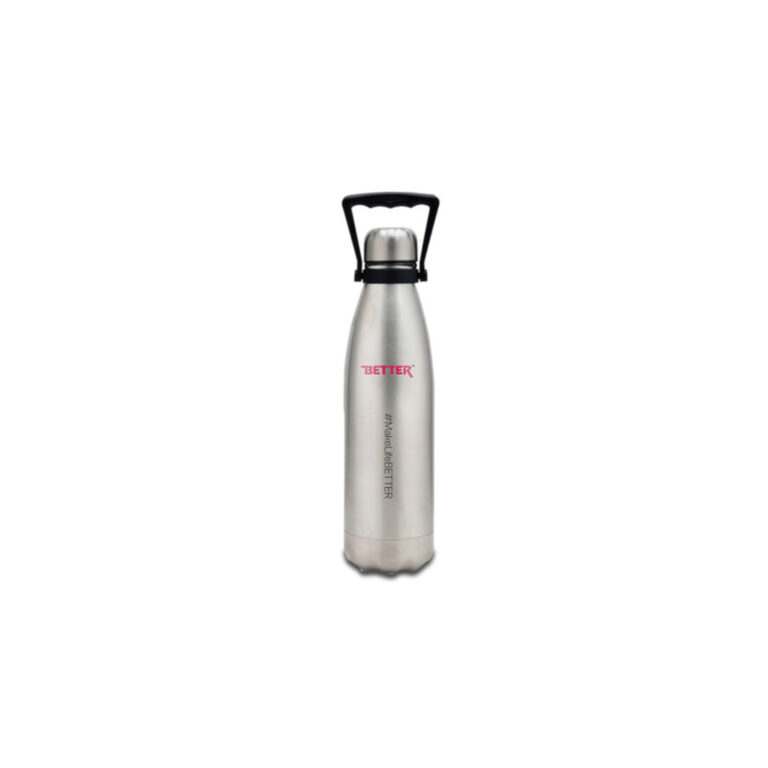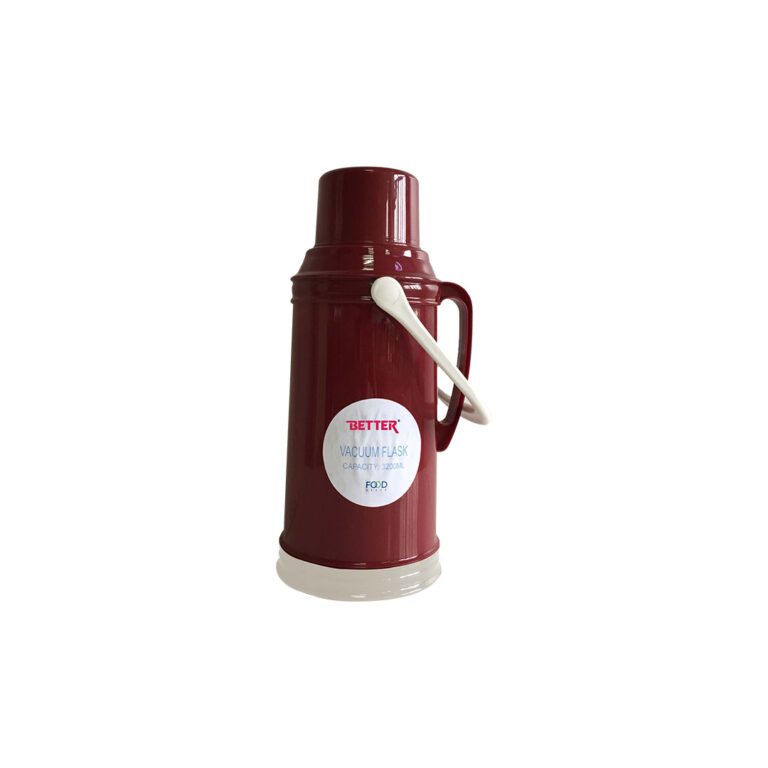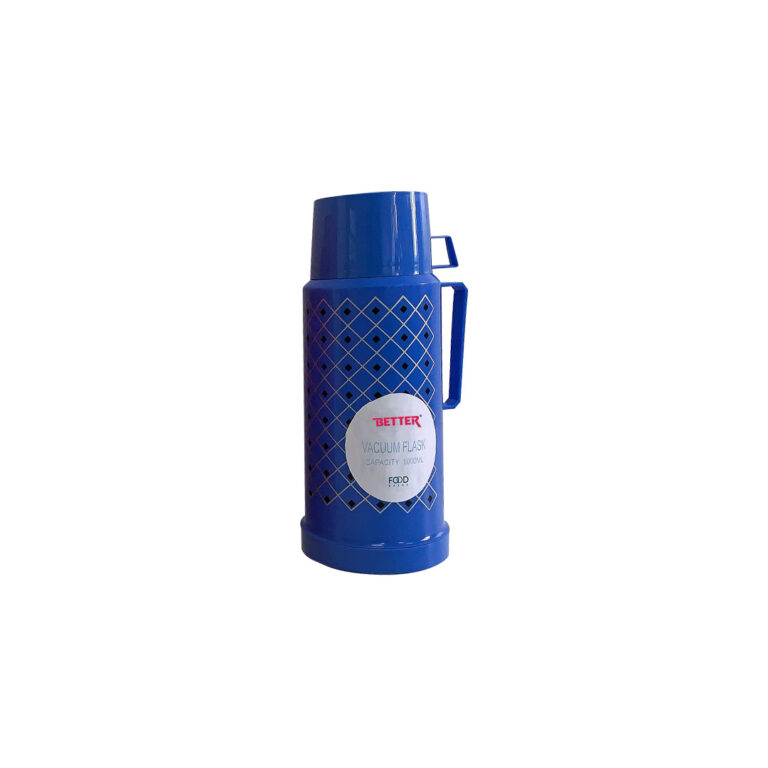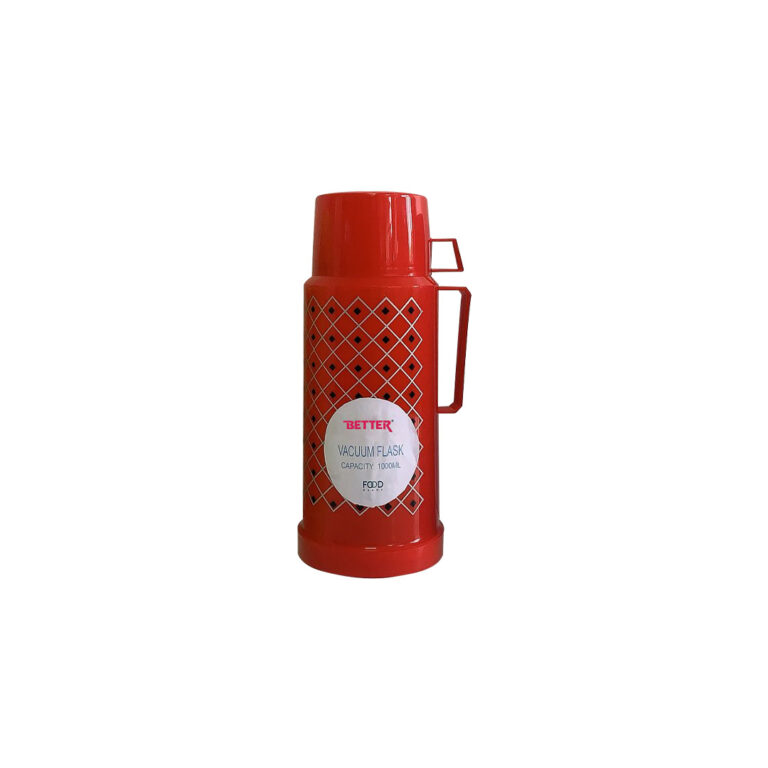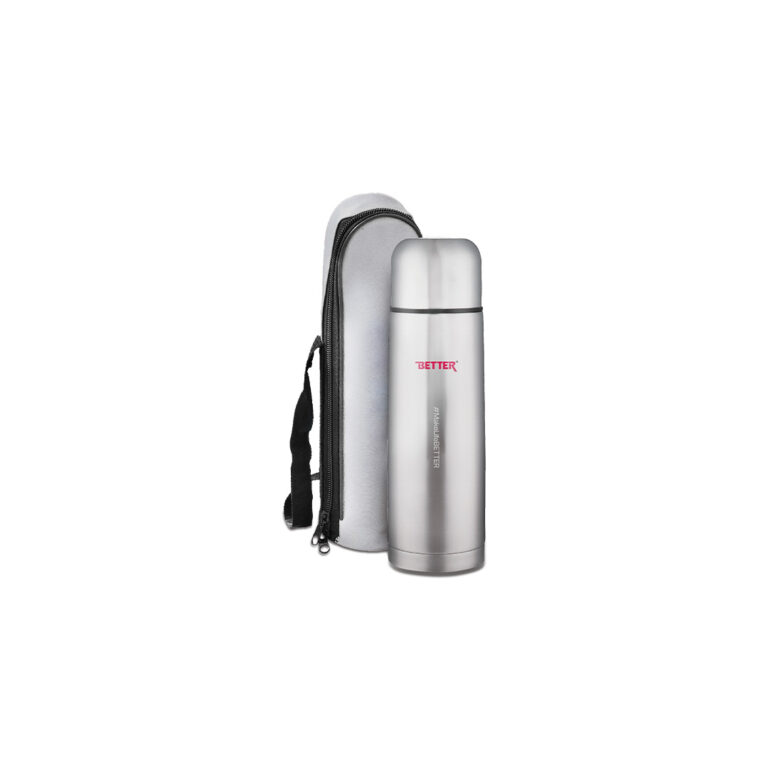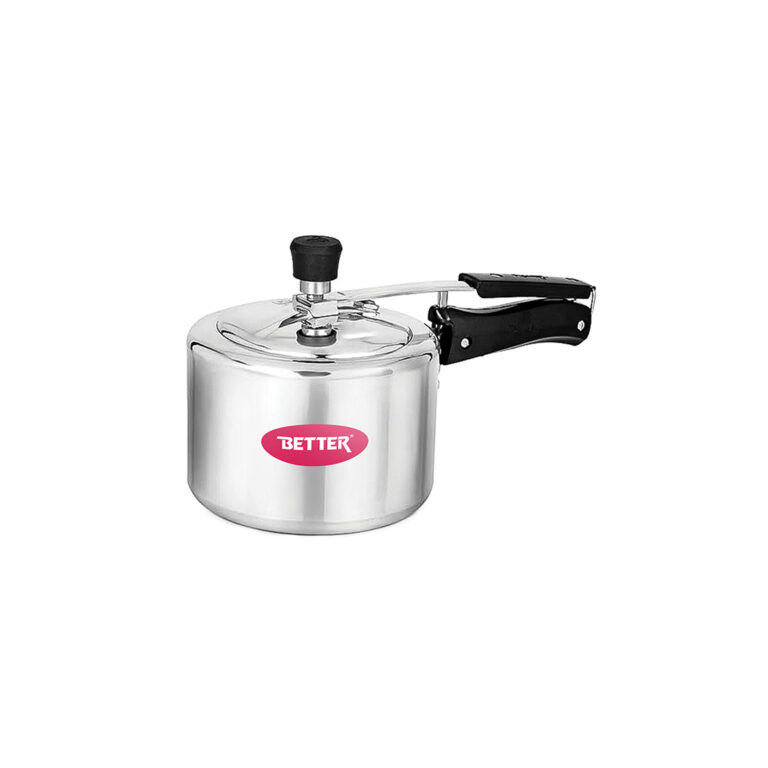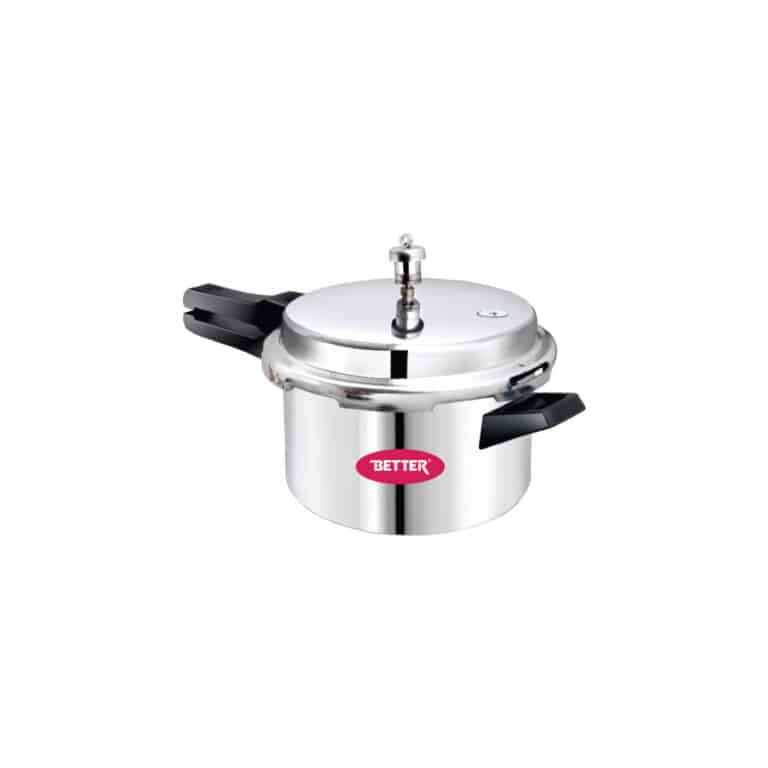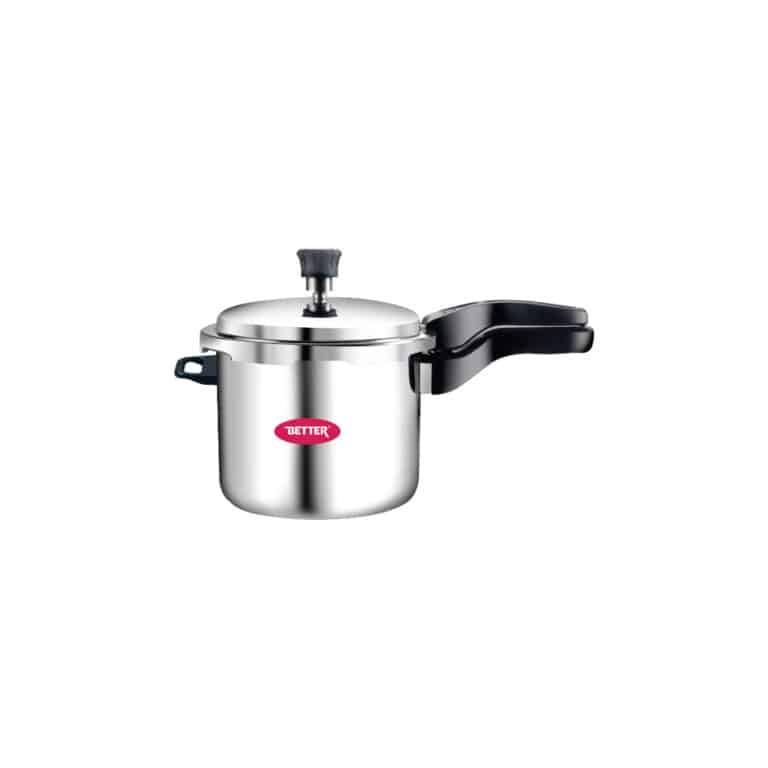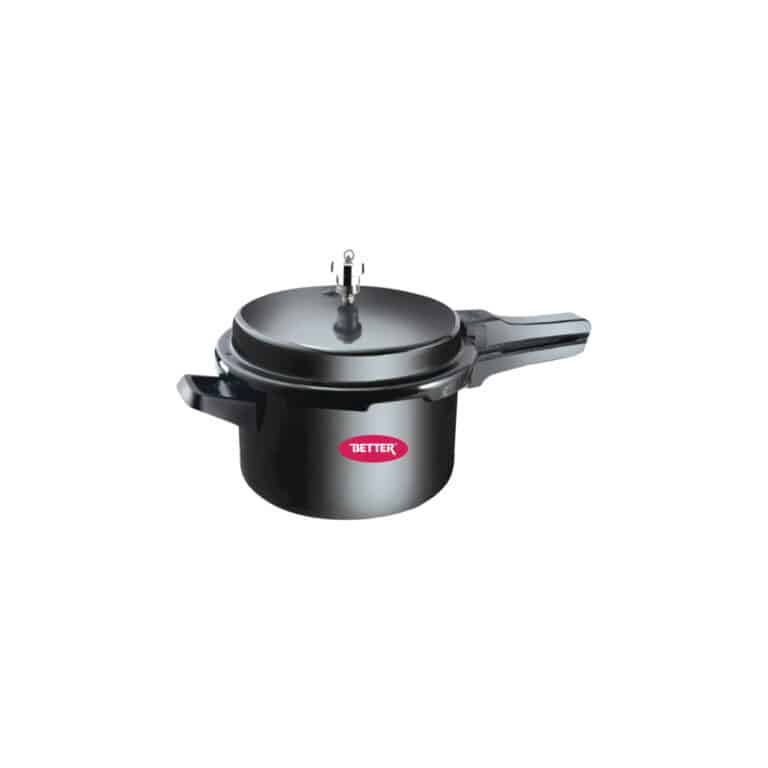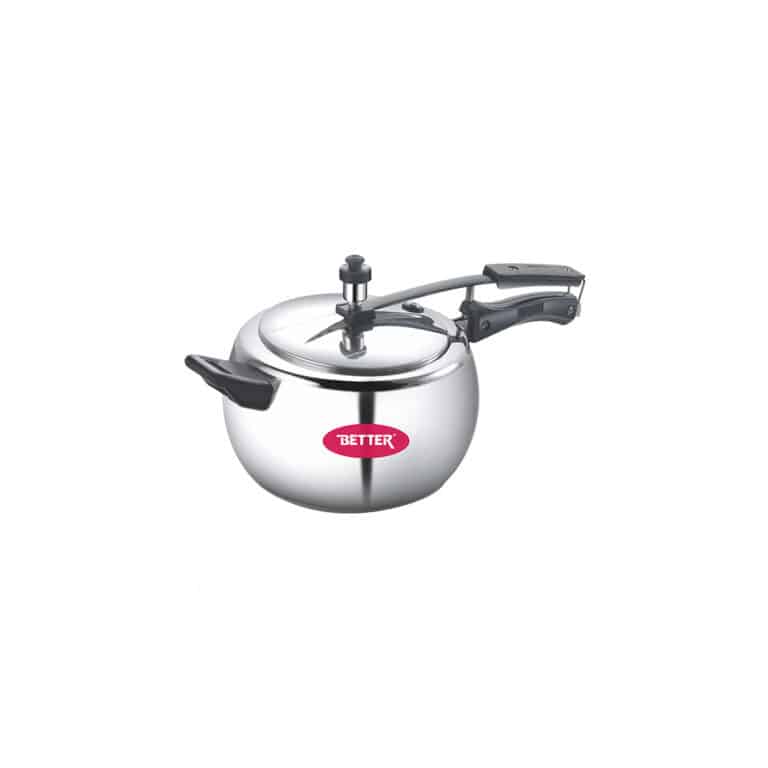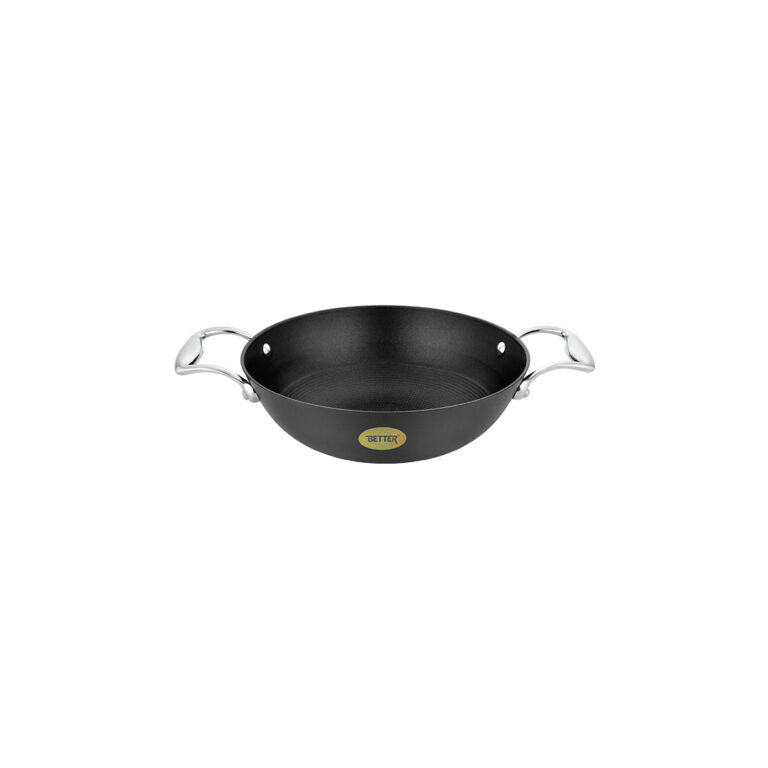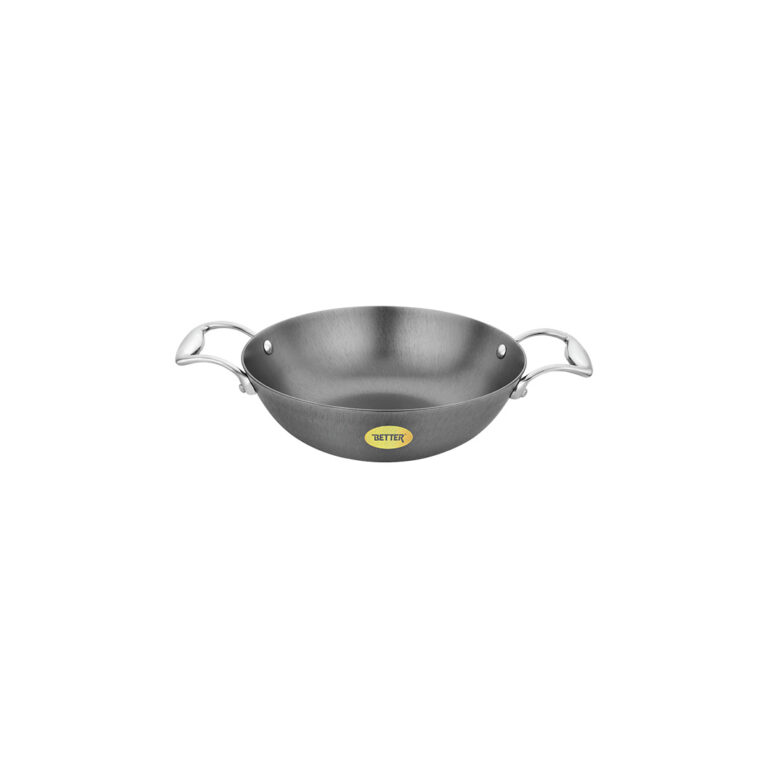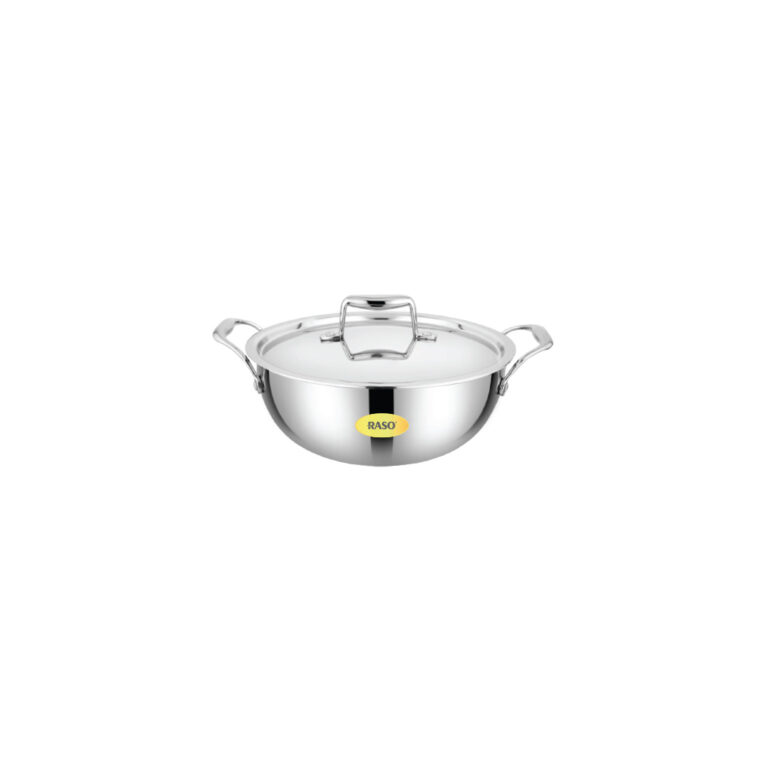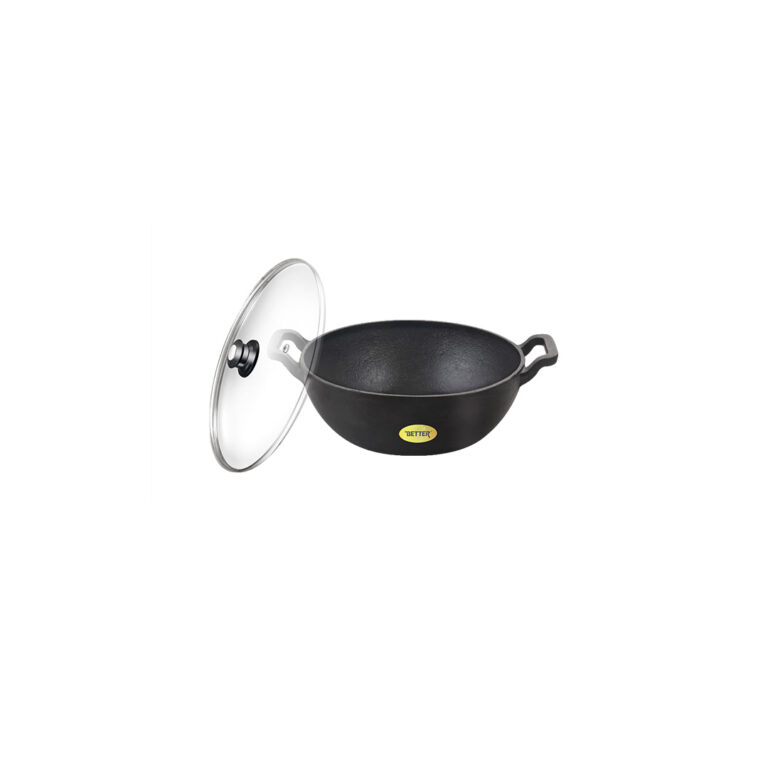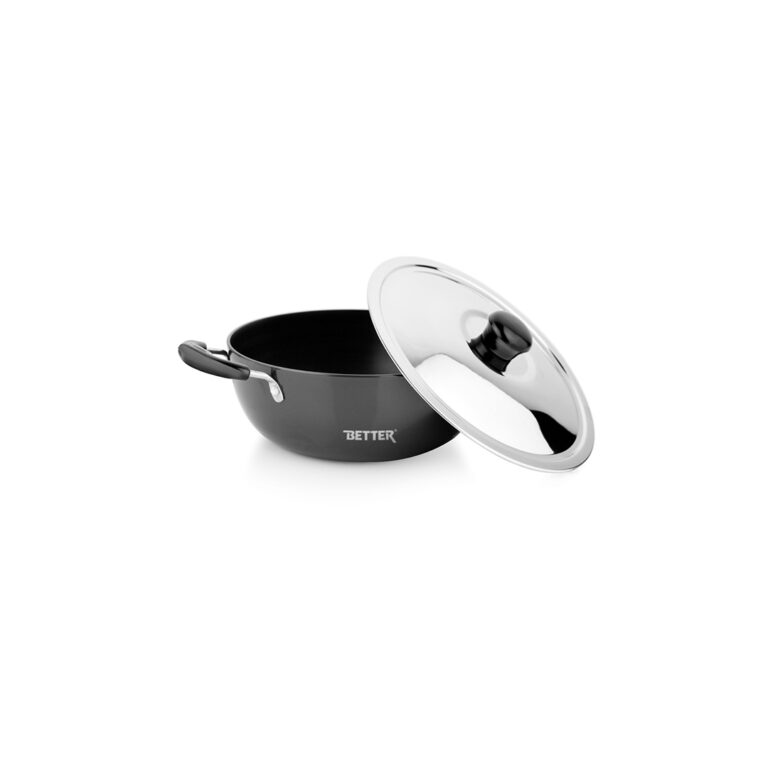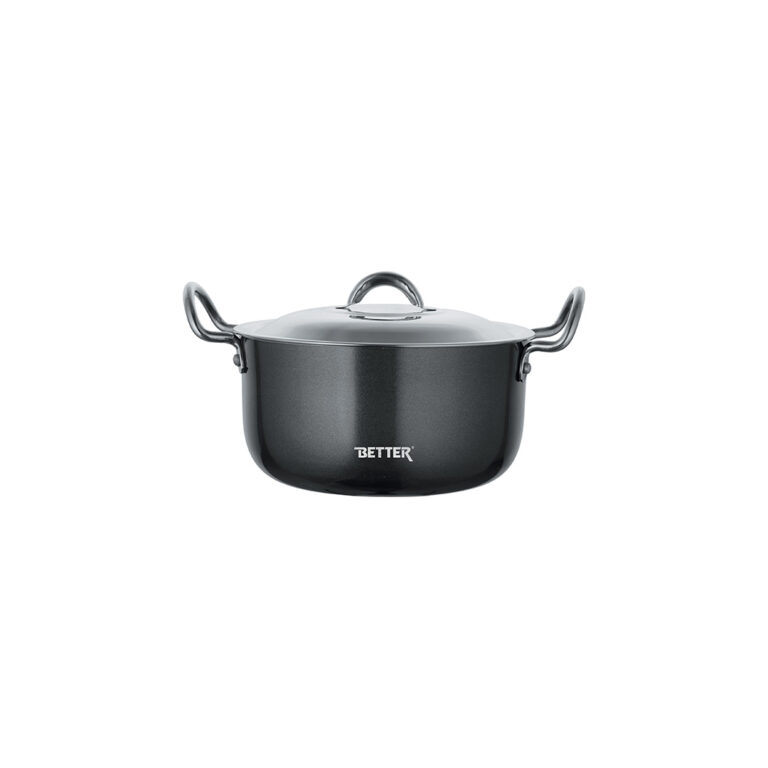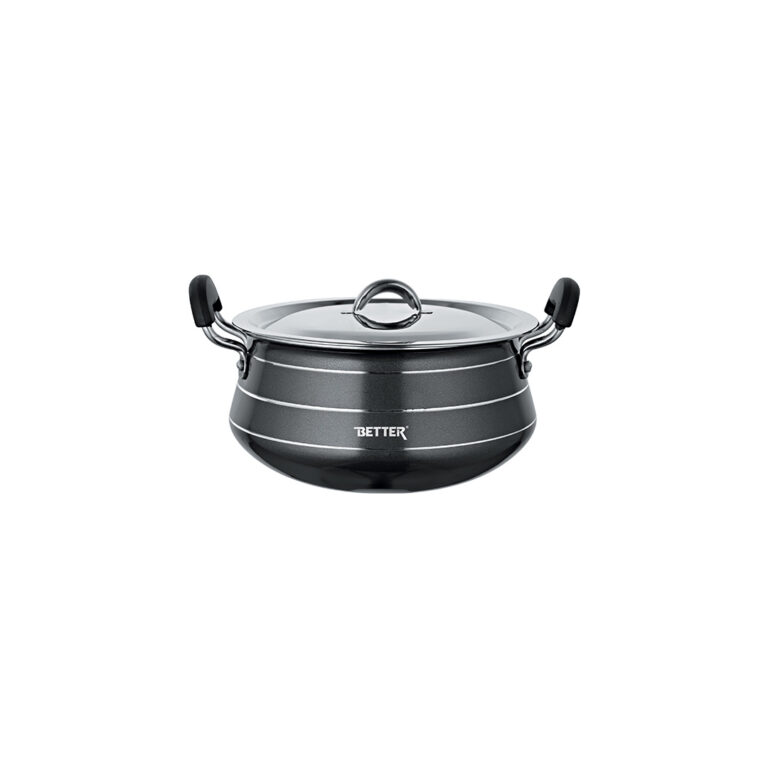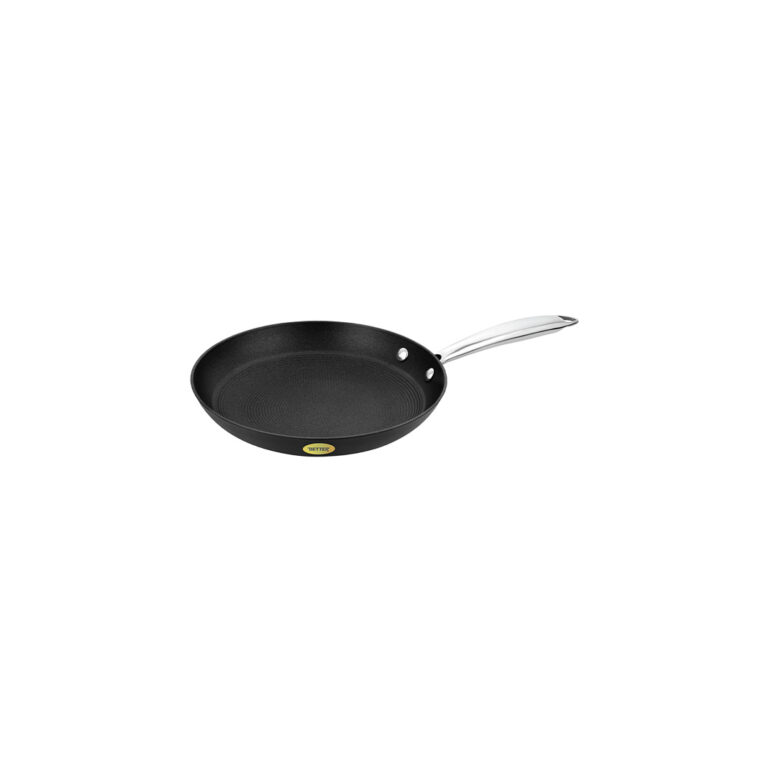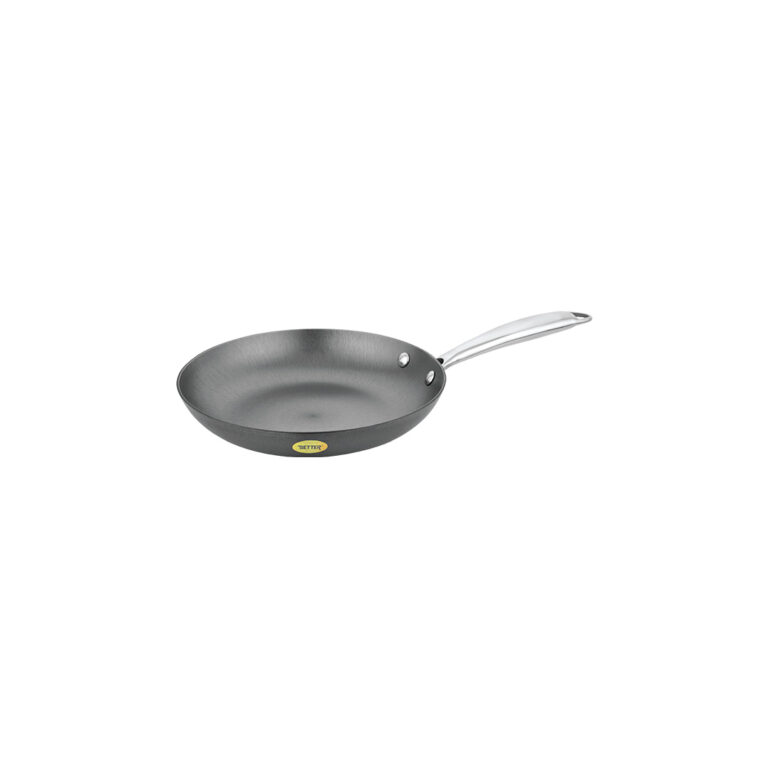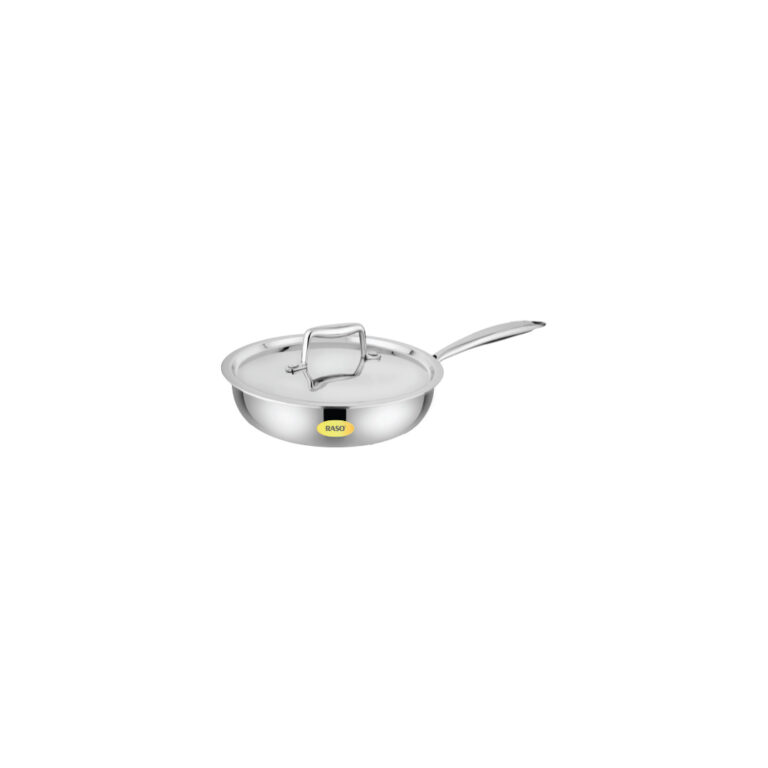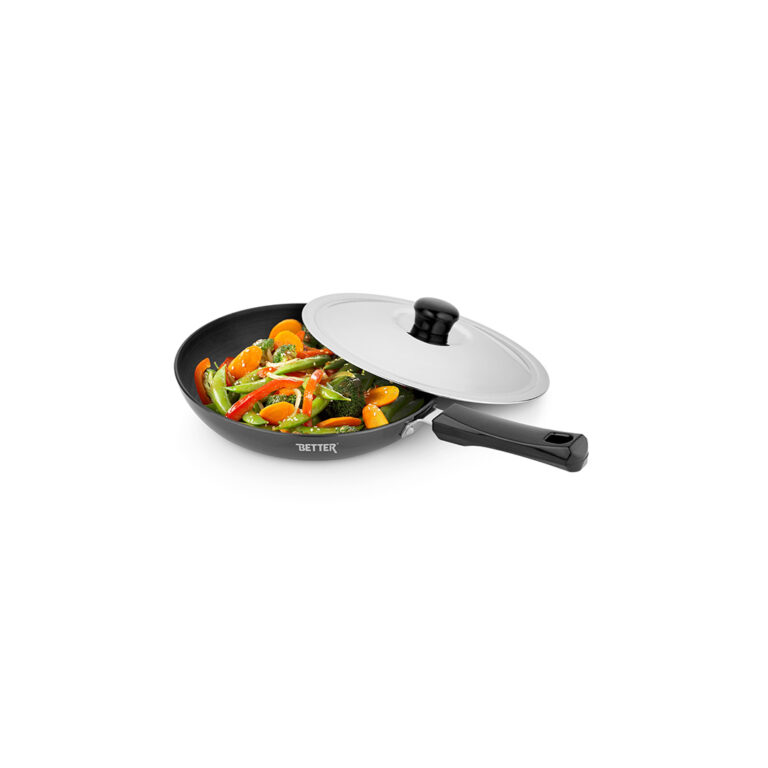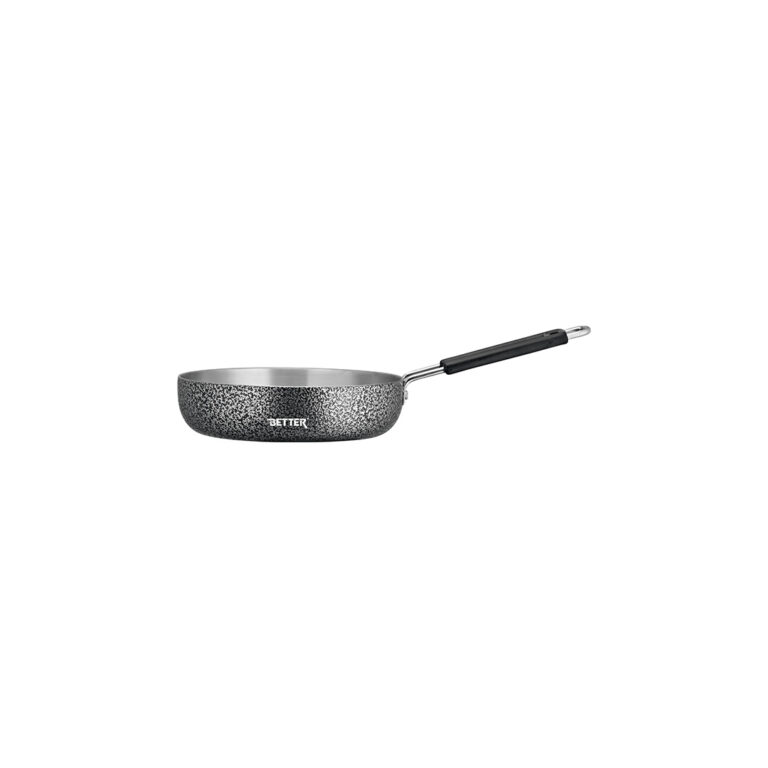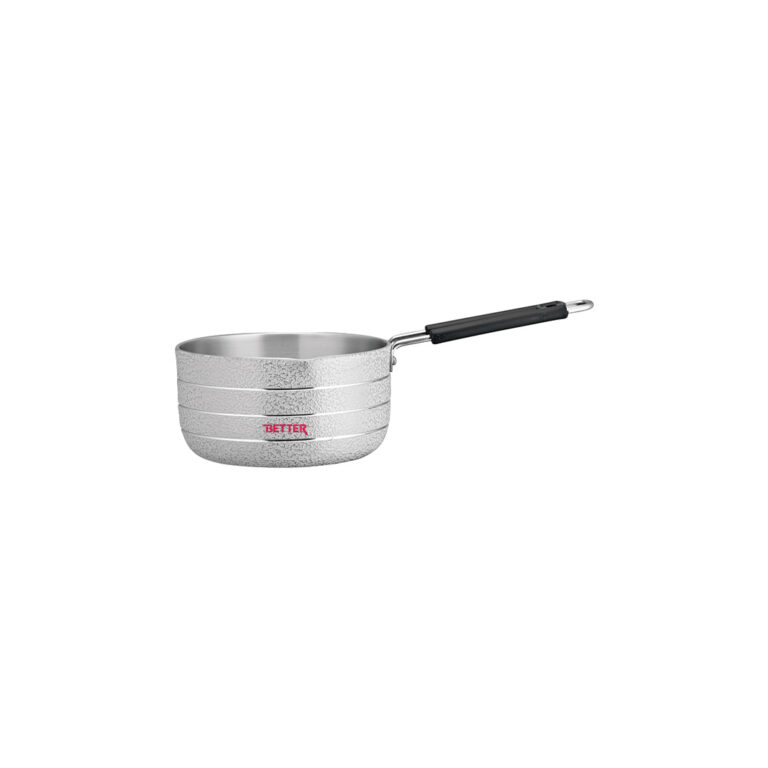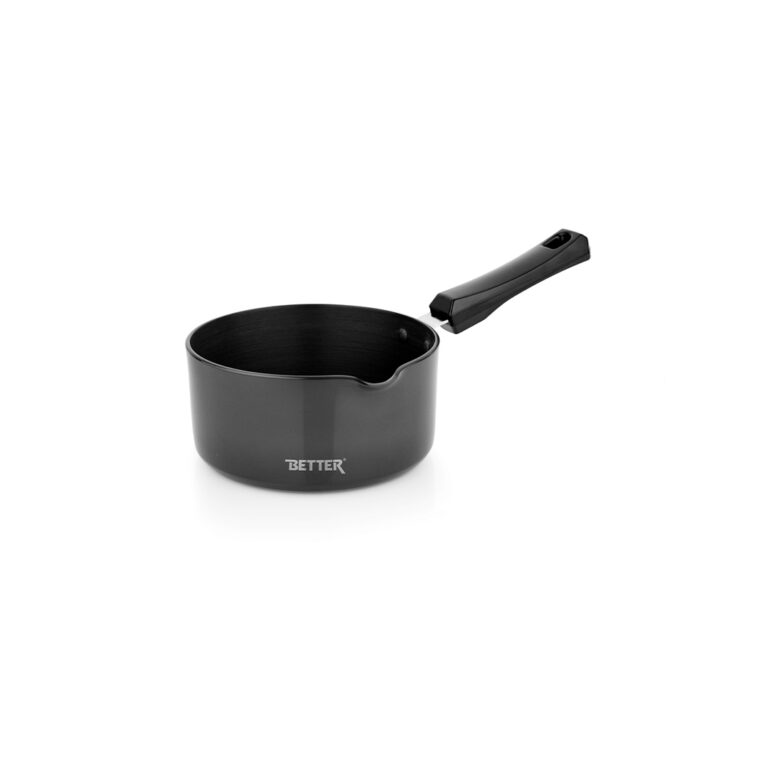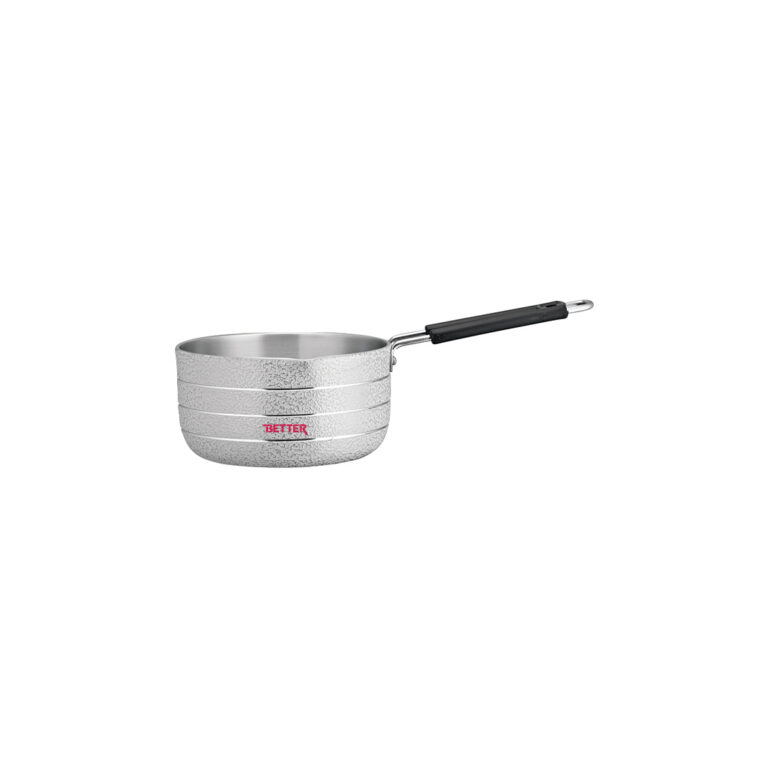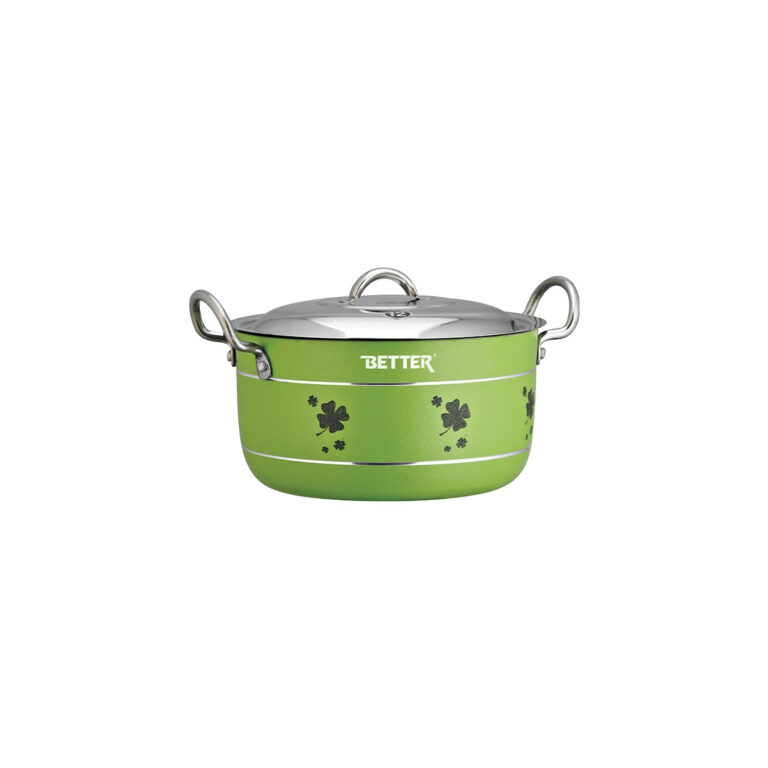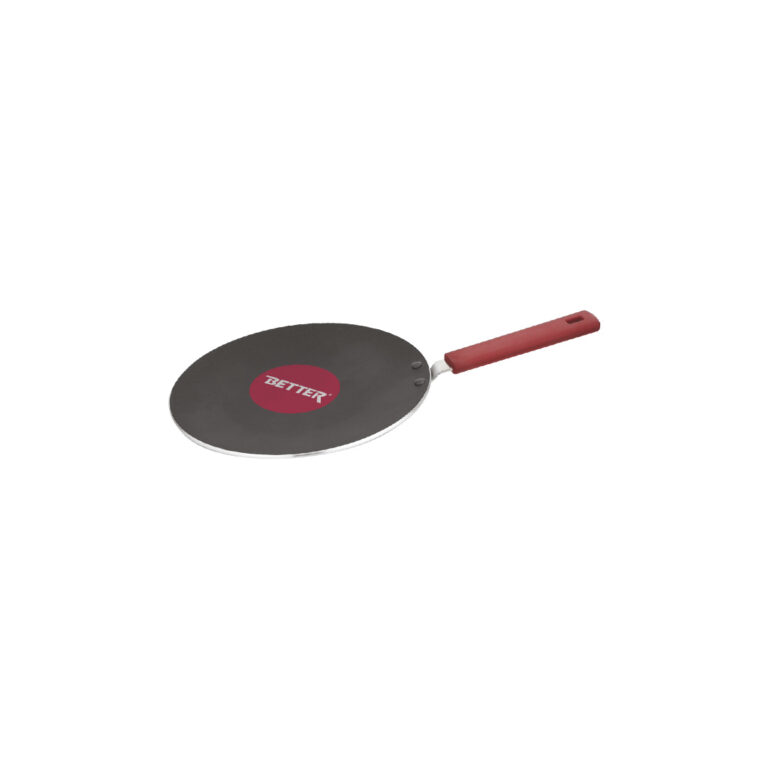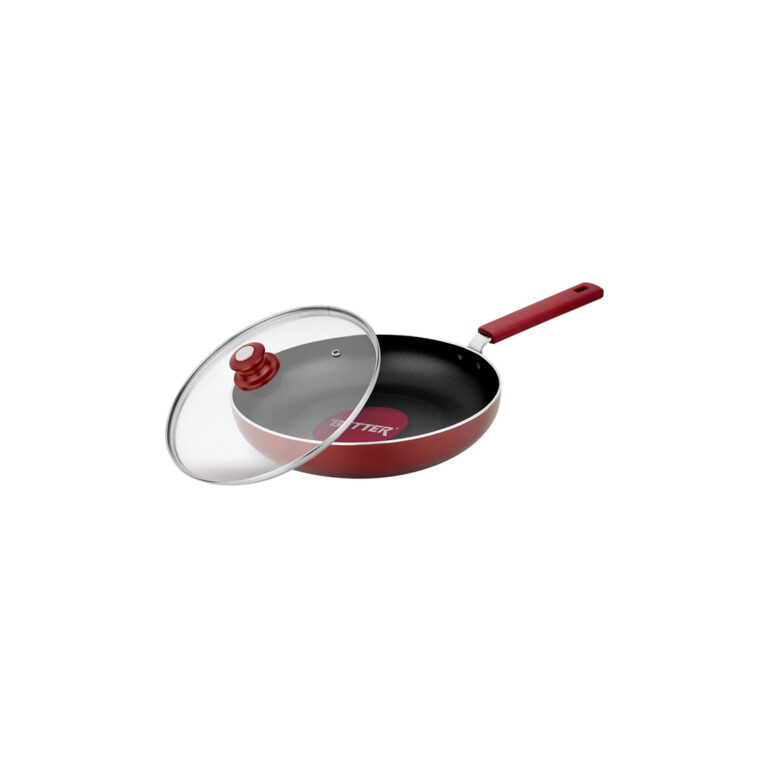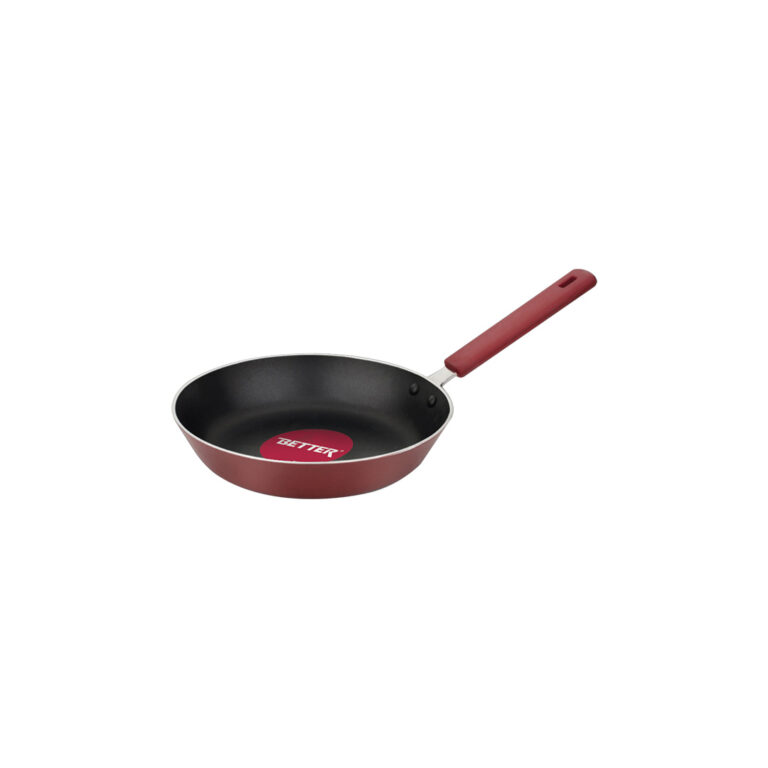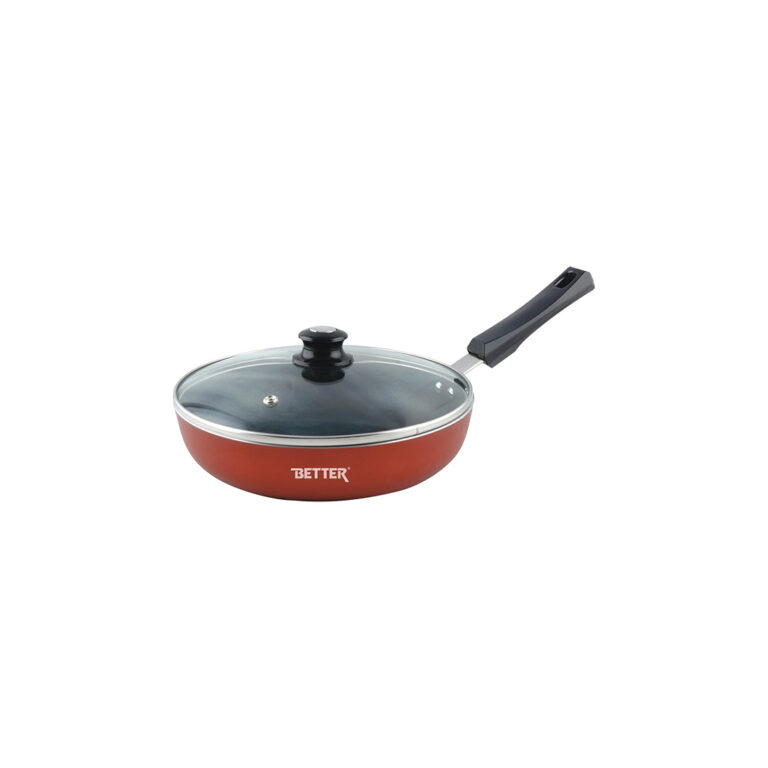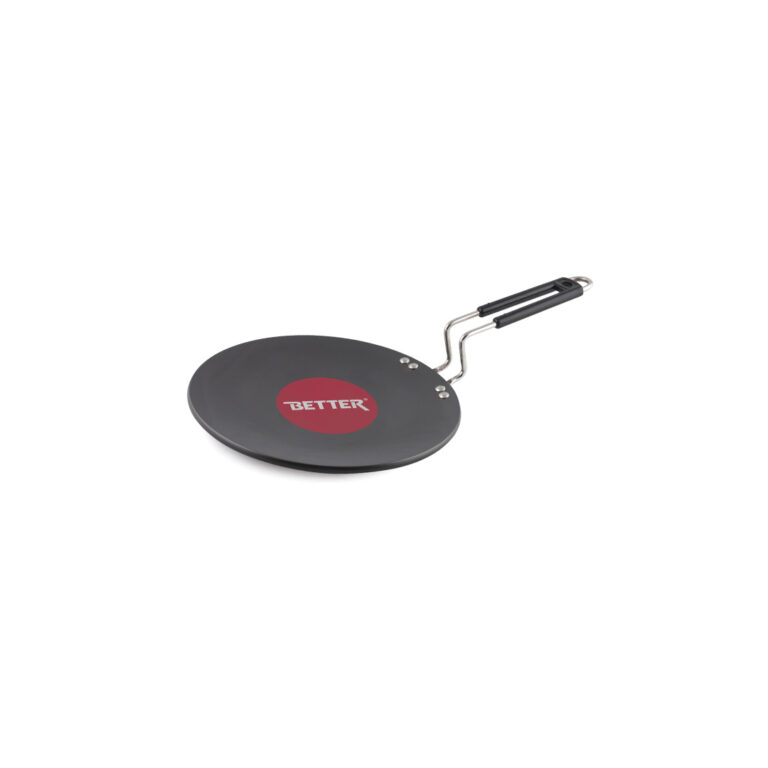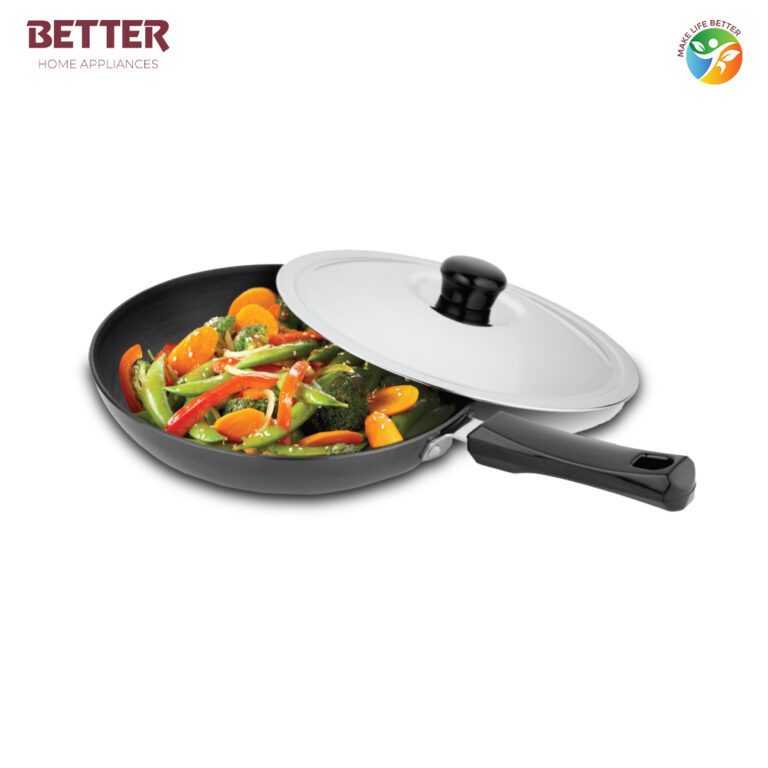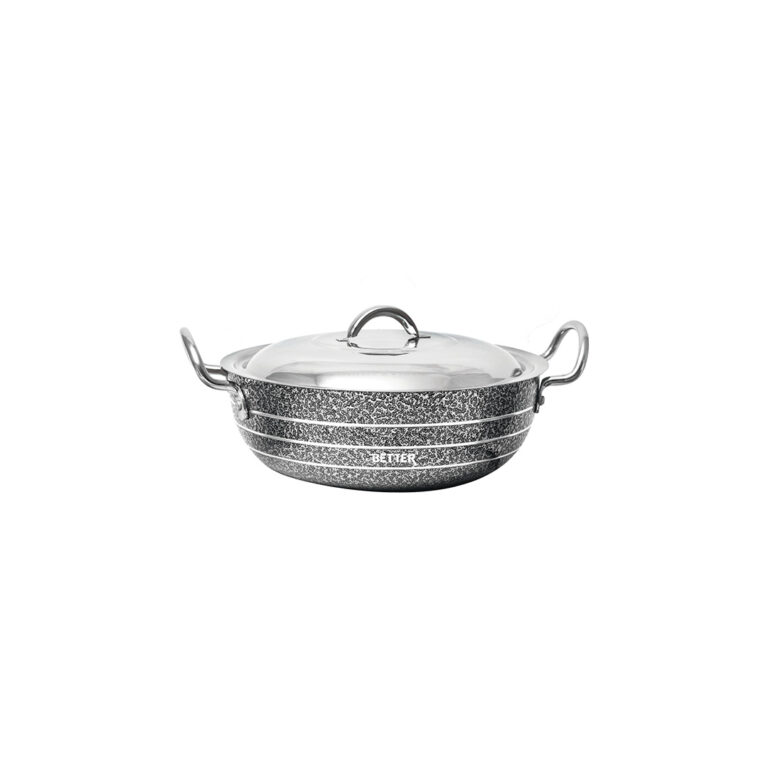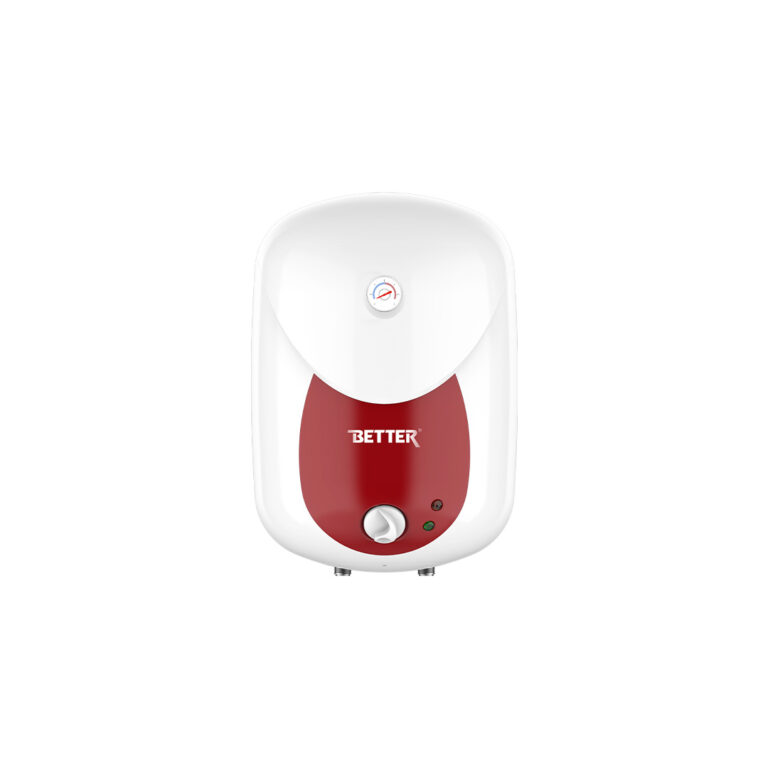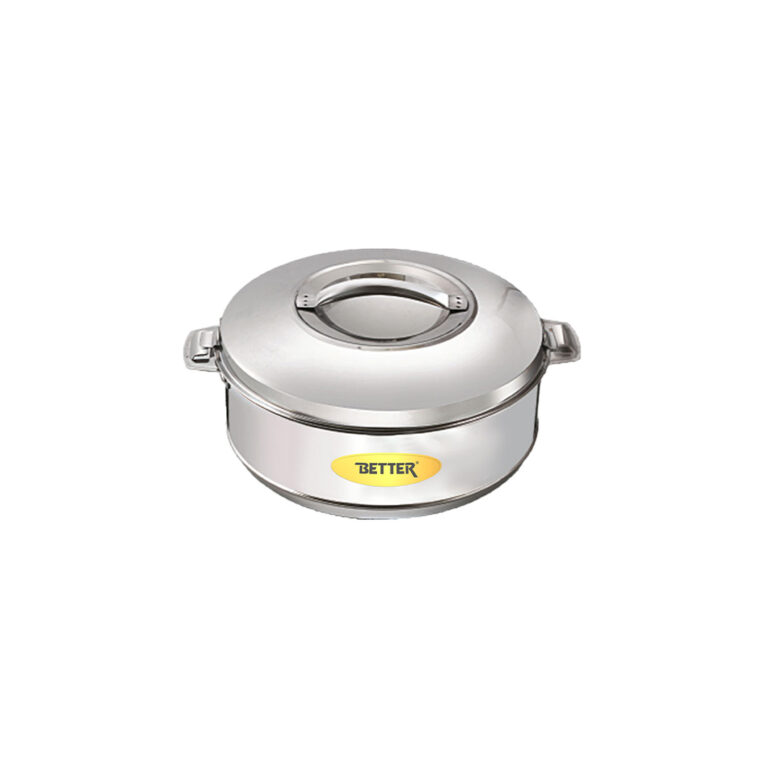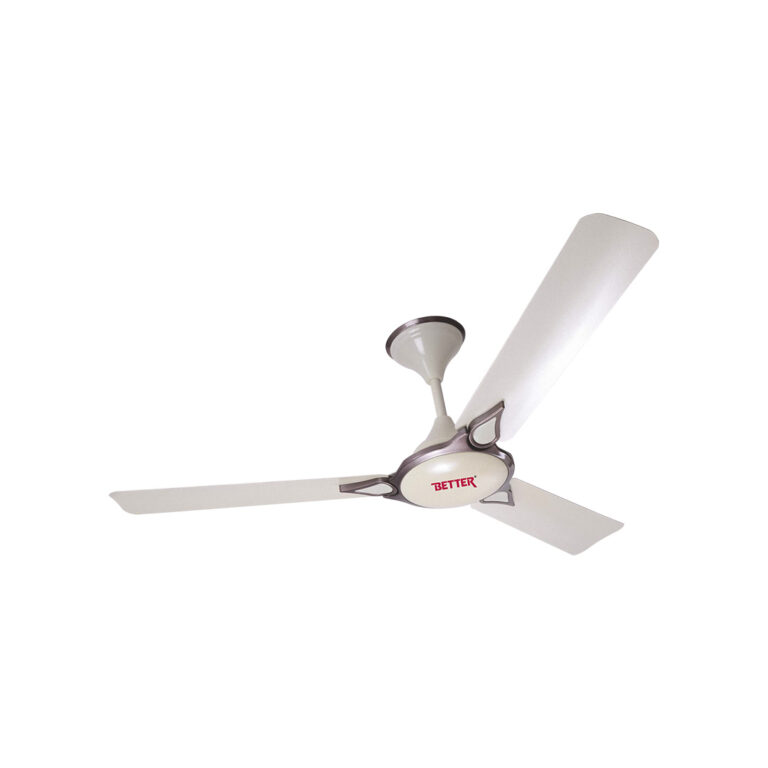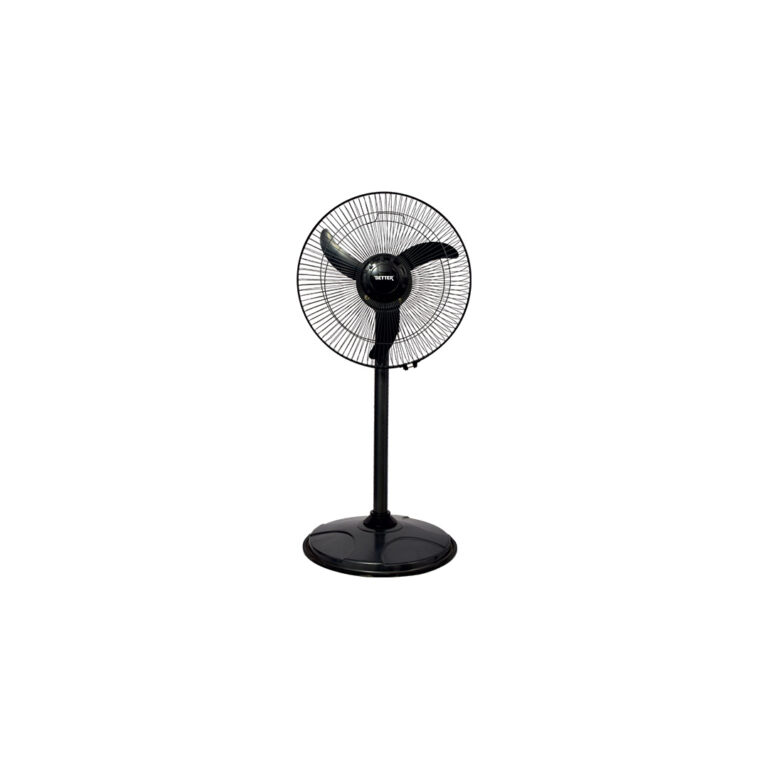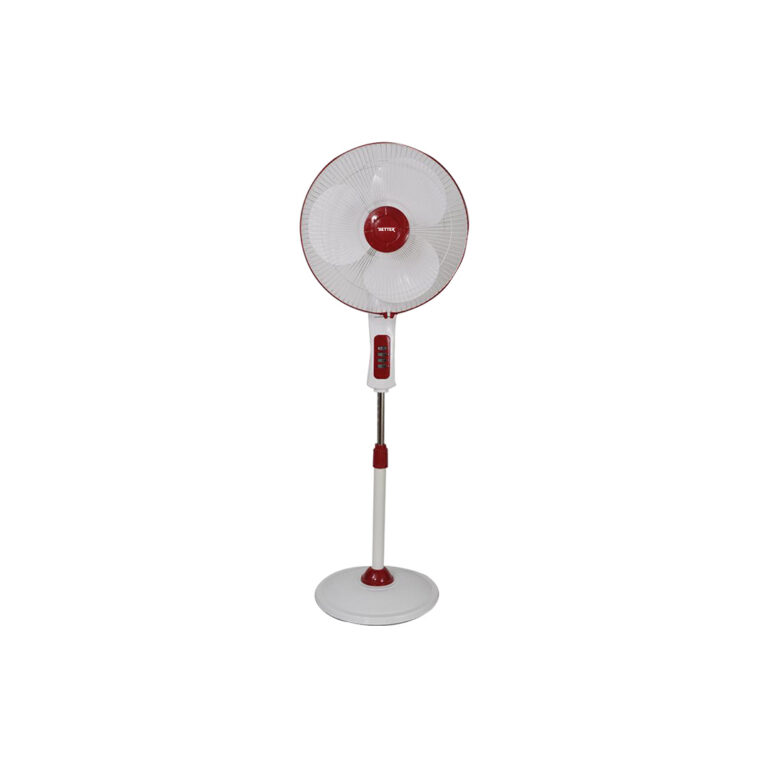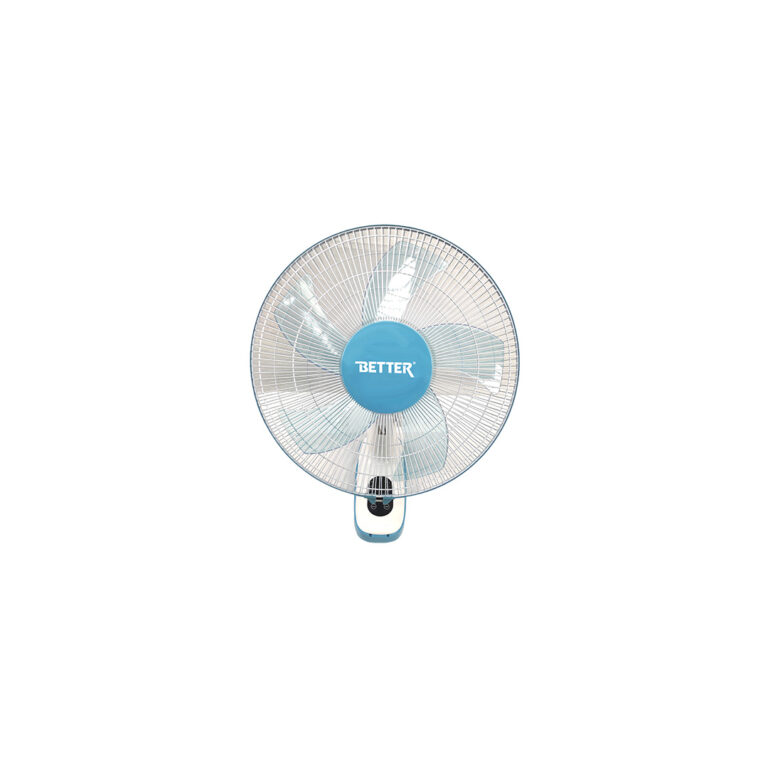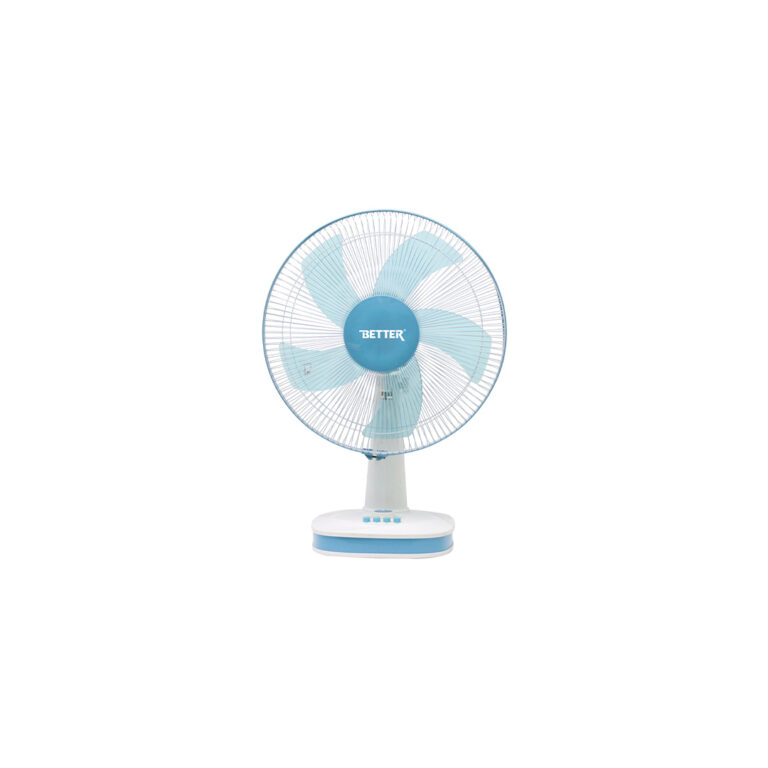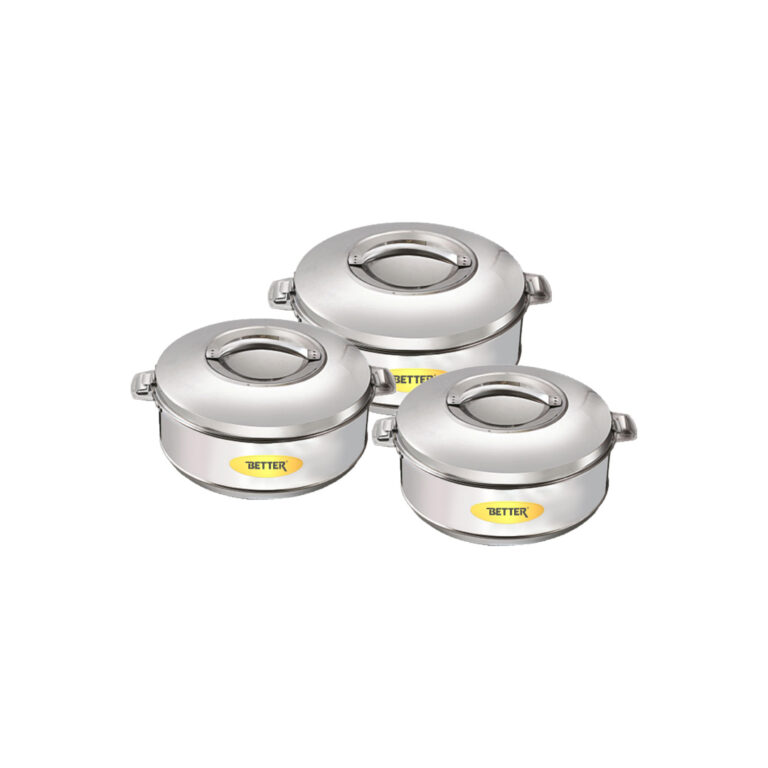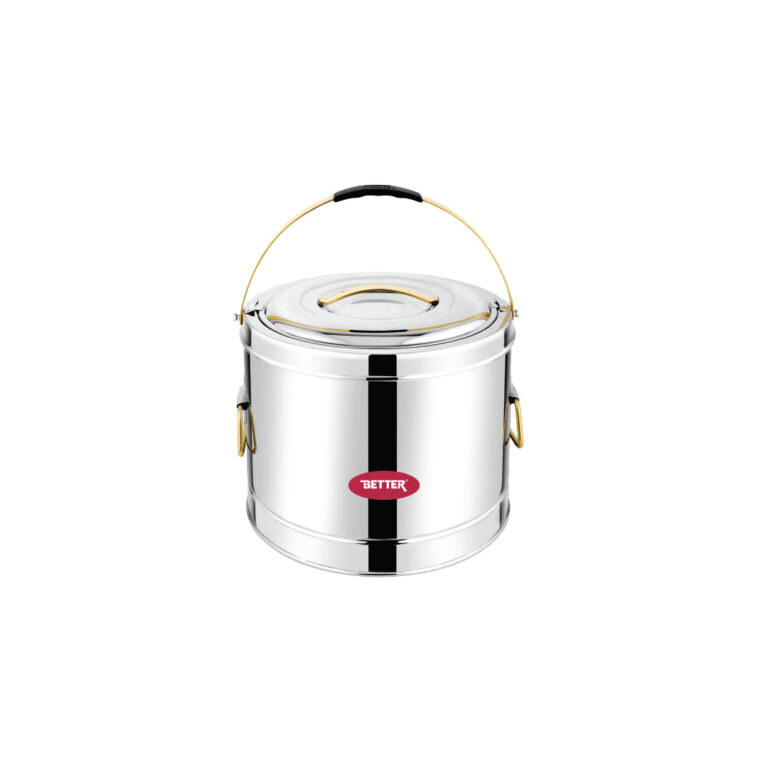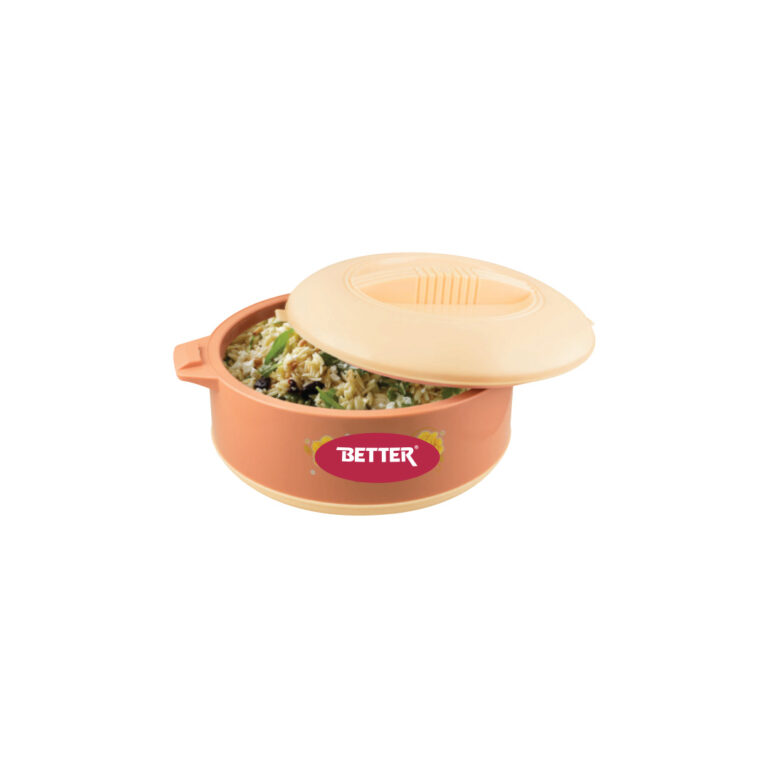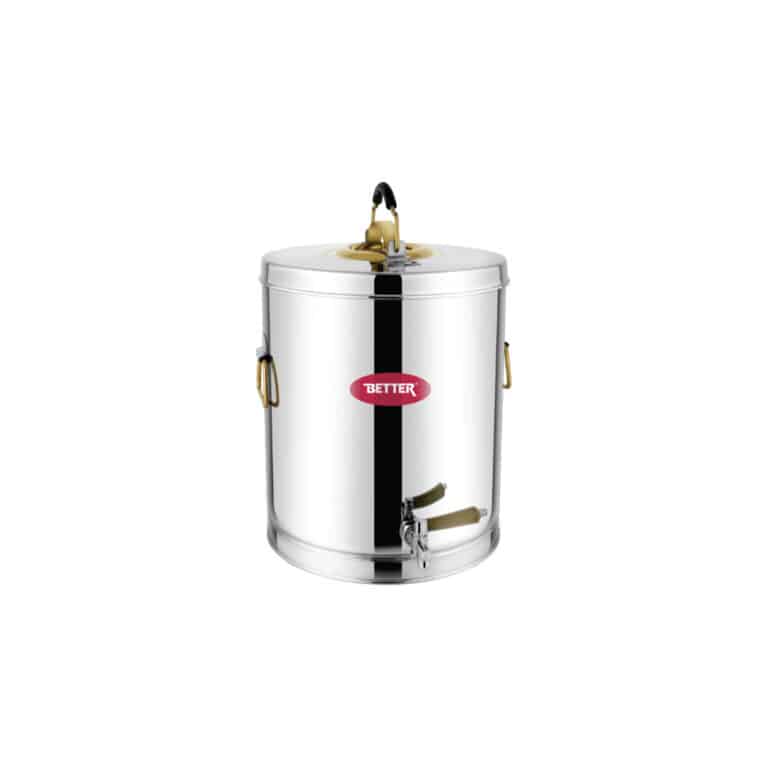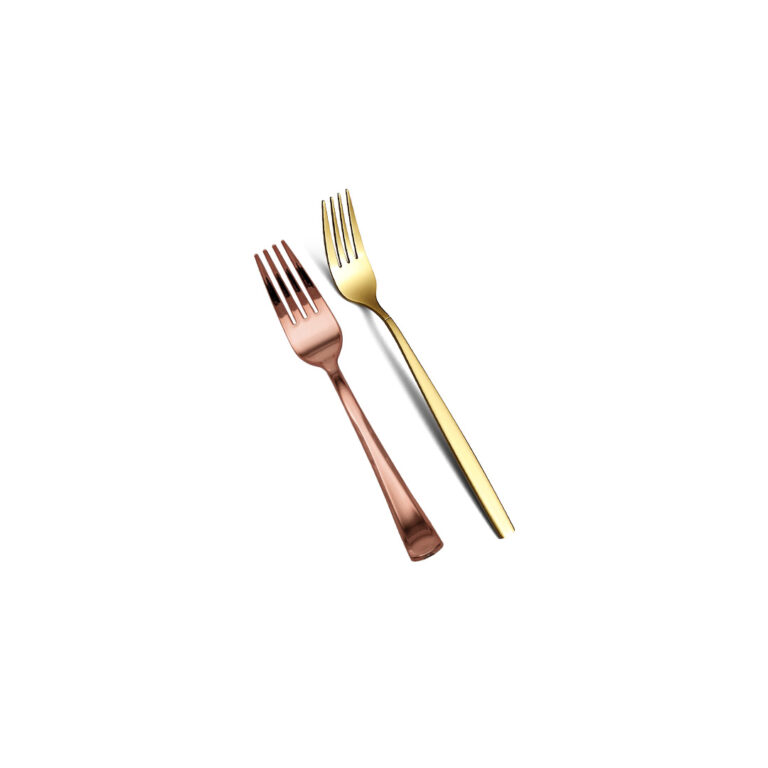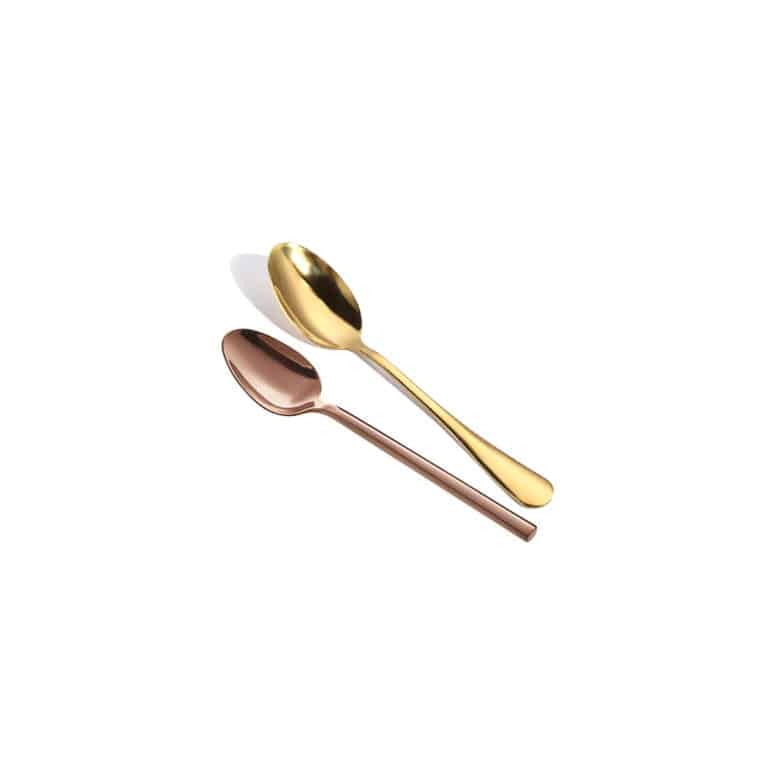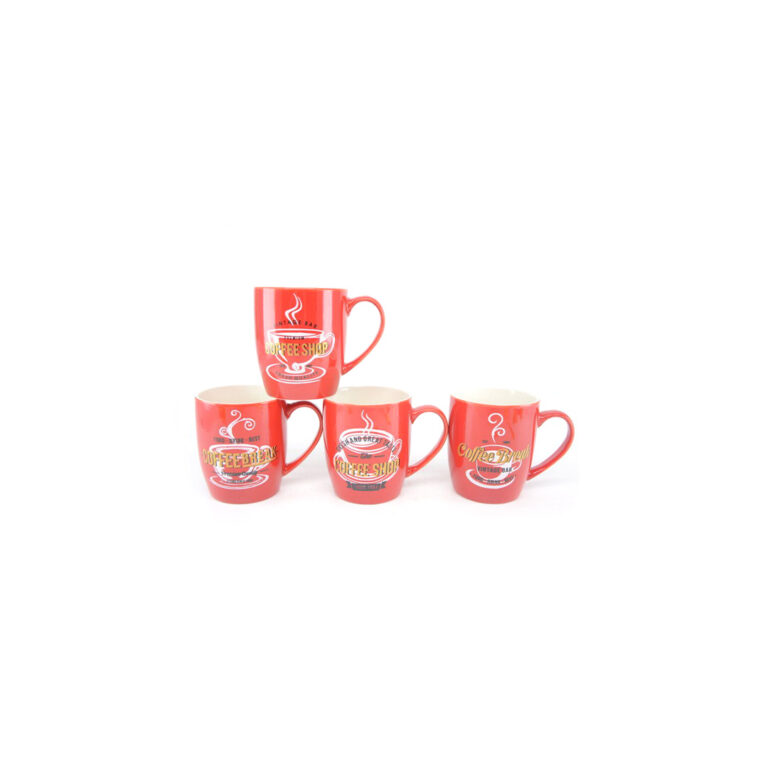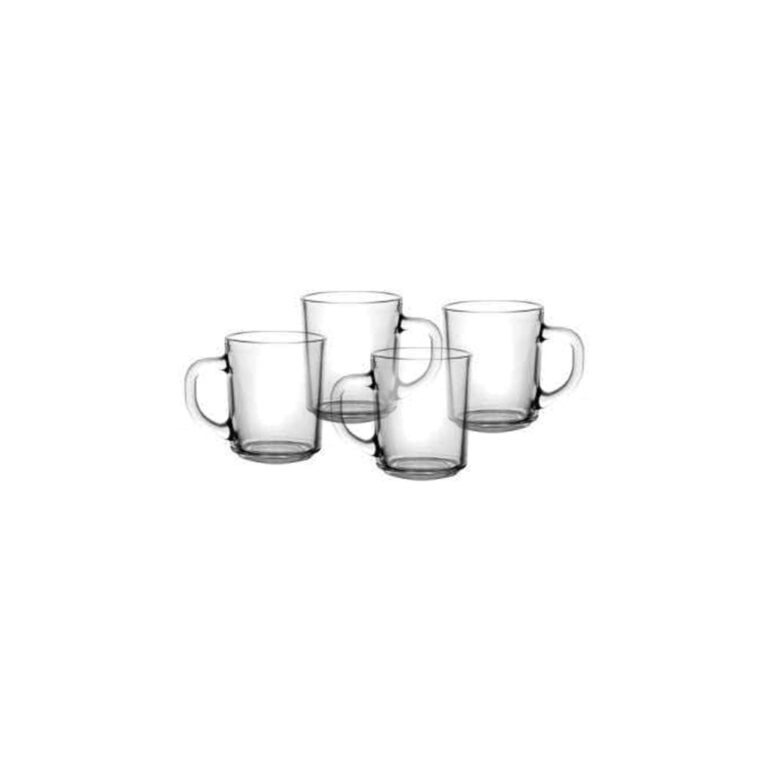
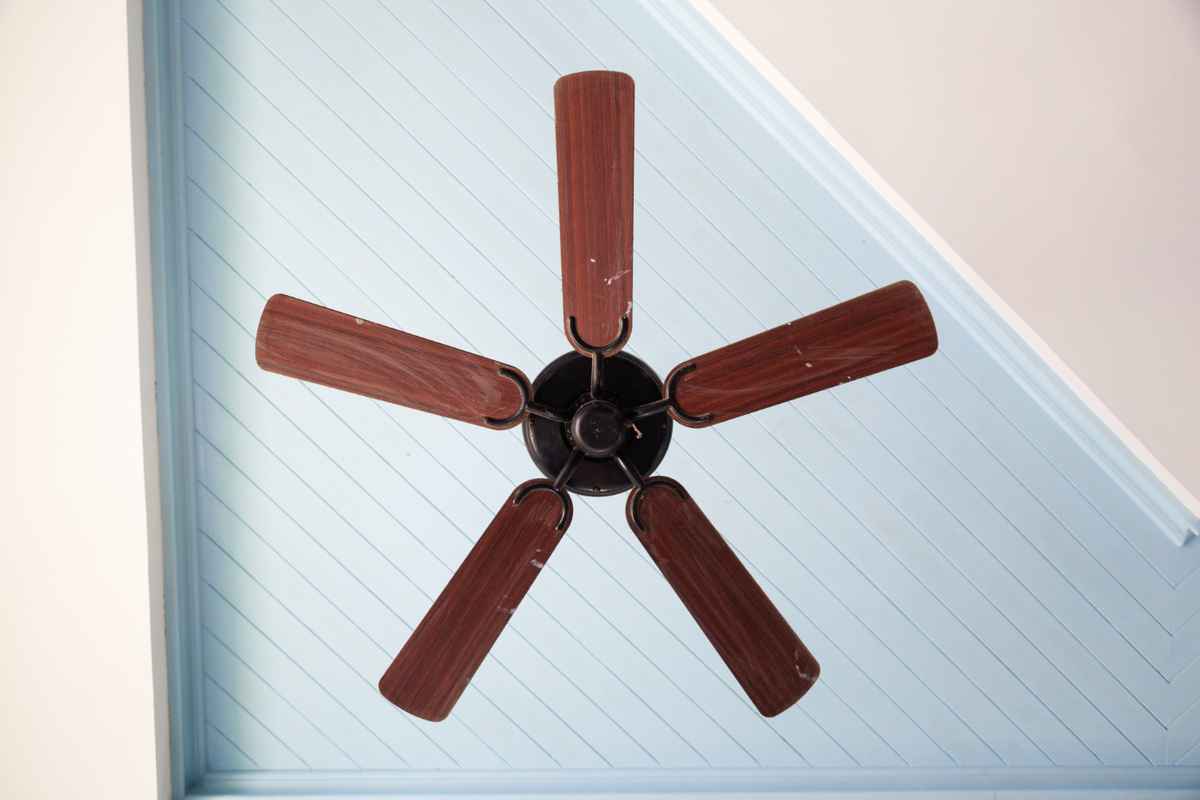
Finding Your Perfect Match: How Many Blades Should Your Ceiling Fan Have?
June 27, 2024
Share To:
Ceiling fans are a staple in many homes, keeping us cool and comfortable during the hot summer months. But with so many options on the market, choosing the right fan can feel overwhelming. One key factor to consider is the number of blades. Believe it or not, the number of blades on your ceiling fan can significantly impact its performance, noise level, and even aesthetics.
What Difference Does a Ceiling Fan Blade Make?
It might seem like a simple design choice, but the number of blades on a ceiling fan plays a crucial role in how it functions. Here’s a breakdown of how the blade count affects your fan:
- Airflow: Fans with more blades can push more air, creating a stronger breeze. However, this doesn’t always translate to better cooling.
- Noise: More blades can create more friction, leading to a louder whirring sound. Fans with fewer blades tend to be quieter.
- Energy Efficiency: Fans with more blades may require more power to operate, impacting your energy bills.
- Aesthetics: The number of blades can influence the overall look and style of your fan.
1 Blade Ceiling Fan: Modern Minimalism with a Powerful Punch
One-blade ceiling fans might seem like an unusual choice, but they’re gaining popularity for their sleek, modern aesthetic.
- Advantages: These fans are known for their powerful airflow. The single, large blade cuts through the air efficiently, creating a strong breeze. Additionally, they’re incredibly quiet due to the minimal blade surface area.
- Disadvantages: The strong airflow can sometimes feel too concentrated, especially in smaller rooms. Additionally, the unique design might not suit all décor styles.
- Suitability: One-blade fans are ideal for large, open spaces where a powerful, focused airflow is desired. They also work well in modern or minimalist settings.
2 Blade Ceiling Fan: Industrial Chic with Balanced Performance
Two-blade fans offer a unique industrial aesthetic and a good balance between airflow and noise level.
- Advantages: They provide a decent airflow while remaining quieter than fans with more blades. The design is visually interesting and can complement industrial or contemporary décor.
- Disadvantages: Two-blade fans might not be as effective in larger rooms compared to fans with more blades.
- Suitability: Two-blade fans are a good choice for medium-sized rooms with a modern or industrial aesthetic.
3 Blade Ceiling Fan: The Classic Choice for All-Around Performance
The three-blade design is the most common type of ceiling fan for a reason. It offers a good balance between airflow, noise level, and aesthetics.
- Advantages: Three-blade fans are incredibly versatile. They provide a decent airflow suitable for most rooms, operate relatively quietly, and come in a wide range of styles to complement various decors.
- Disadvantages: While offering good performance, three-blade fans might not be the most powerful option for very large spaces.
- Suitability: Three-blade fans are a great all-around choice for most rooms and décor styles. They’re perfect for those seeking a balance between performance and aesthetics.
4 Blade Ceiling Fan: Enhanced Airflow with a Touch More Noise
Four-blade fans are another popular option, offering increased airflow compared to three-blade models.
- Advantages: Four-blade fans provide excellent airflow, making them ideal for larger rooms or spaces with high ceilings. They can create a more consistent and comfortable breeze throughout the room.
- Disadvantages: With more blades comes slightly more noise compared to three-blade fans. They might also require a bit more energy to operate.
- Suitability: Four-blade fans are a good choice for larger rooms where strong airflow is needed. They’re also suitable for those who prioritize consistent air circulation over whisper-quiet operation.
5 Blade Ceiling Fan: Quiet Comfort with Maximum Air Movement
Five-blade fans offer the most extensive airflow coverage, often operating more quietly than you might expect.
- Advantages: Five-blade fans excel at creating a gentle yet widespread airflow, effectively cooling larger rooms. They can be surprisingly quiet due to the design and blade pitch.
- Disadvantages: With more blades, there’s a slight increase in energy consumption.
- Suitability: Five-blade fans are ideal for large rooms where a comfortable and consistent breeze is desired. They’re also a good choice for those who prioritize quiet operation without sacrificing airflow.
Beyond the Blade Count: Additional Factors to Consider
While the number of blades is an important factor, it’s not the only thing to consider when choosing a ceiling fan. Here are some additional things to keep in mind:
Blade Material: Ceiling fan blades come in various materials, each with its own advantages and disadvantages. Here’s a quick rundown:
- Metal: Durable, easy to clean, but can be noisy and heavy.
- Wood: Adds a natural touch, can be quieter than metal, but requires more maintenance.
- Plastic: Lightweight, affordable, comes in various colors, but may not be as durable as other options.
- Blade Pitch: The angle at which the blades are positioned affects airflow. A steeper pitch creates a stronger breeze, while a shallower pitch provides a gentler airflow.
- Motor Size and Power: A larger motor ensures better airflow and performance, especially in larger rooms. However, it may also consume more energy.
Fan Size: The size of the fan should be proportional to the room size. A small fan in a large room won’t be very effective, while a large fan in a small room might overpower the space. Here’s a general guideline:
- Room size up to 75 sq. ft.: 29-36 inch fan diameter
- Room size 75-150 sq. ft.: 36-44 inch fan diameter
- Room size 150-200 sq. ft.: 44-52 inch fan diameter
- Room size larger than 200 sq. ft.: Consider multiple fans or a larger fan with a powerful motor.
Ceiling Height: For standard ceiling heights (8-9 feet), most ceiling fans work well. However, with higher ceilings, you might need a down rod to ensure proper airflow and prevent the blades from hitting someone.
Lighting: Many ceiling fans come with integrated light kits, offering additional functionality. Consider the type of light fixture and the desired brightness when making your choice.
Style: Ceiling fans come in a wide range of styles, from traditional to modern and everything in between. Choose a fan that complements the overall décor of your room.
Finding the Perfect Balance: A Recap
When choosing a ceiling fan with the right number of blades, consider the size of your room, desired airflow strength, noise level preferences, and overall aesthetics. Here’s a quick summary to help you decide:
- For powerful airflow in large, open spaces with a modern or minimalist aesthetic: 1-blade fan (consider potential for concentrated airflow)
- For a balance of airflow and noise level in medium-sized rooms with a modern or industrial vibe: 2-blade fan
- For a versatile choice with good airflow and noise level for most rooms and styles: 3-blade fan
- For strong airflow in larger rooms or spaces with high ceilings, prioritizing airflow over whisper-quiet operation: 4-blade fan
- For extensive airflow coverage in large rooms, prioritizing quiet operation: 5-blade fan
Remember, the ideal number of blades depends on your specific needs and preferences. By considering the factors mentioned above, you can find the perfect ceiling fan to keep you cool and comfortable throughout the hot summer months. Happy shopping!
Related Blogs


Best Electric Geyser in Nepal (Newly Updated) | Top 7 Picks





